Choosing which species to be or make an NPC with in Dungeons & Dragons can take some thought. Do you go with a species that has traits that complement your class? Maybe there is a species you like best and have always wanted to play? When crafting your character, age could play a factor, especially if the campaign spans a great amount of time.
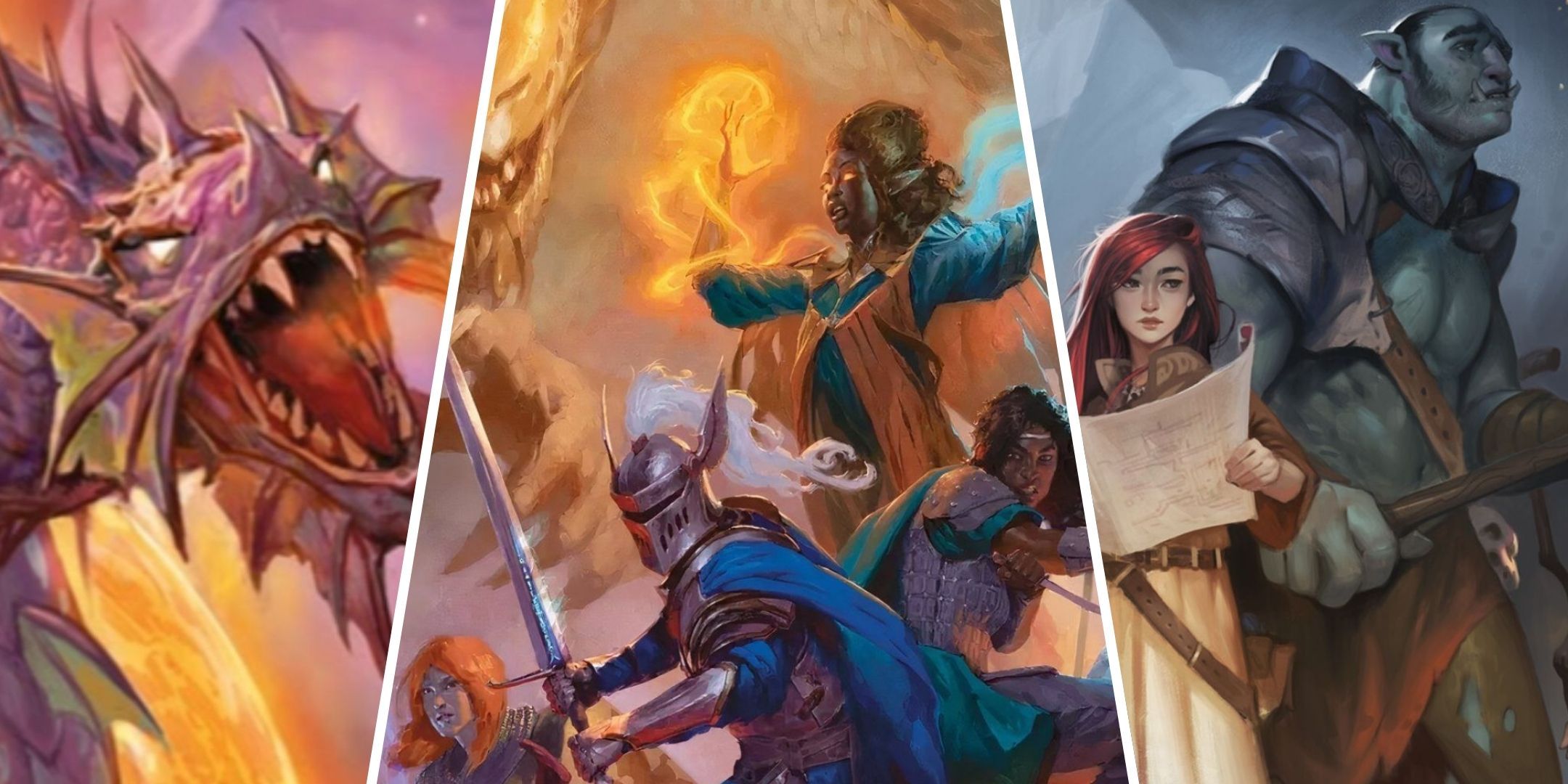
Related
Dungeons & Dragons: Should You Buy The 2024 Player’s Handbook?
What difference does a decade make, really?
While the 2024 Player’s Handbook doesn’t include ages in the species’ descriptions, you can use past sourcebooks as a guide to determining some age-old questions about life and how long it is. This list presents every species in the 2024 Player’s Handbook and their lifespans.
Updated November 7, 2024 by Marissa Fiore: There are far more species in Dungeons & Dragons than just those listed in the 2024 Player’s Handbook. This list has been updated to include entries from Mordenkainen Presents Monsters Of The Multiverse, which pulls species from multiple Fifth Edition sourcebooks.
29
Orc
Around 75
While orcs are a hearty species that has features aiding them in their travels and combat, they don’t live very long. This is in part attributed to the fact that they will one day be in a fight that they do not survive. After all, adventuring in the world of Dungeons & Dragons can be fatal.
Now, if you want to use this species as either your own character or NPC if you’re a Dungeons Master (DM), this shouldn’t impact things too much. But if there’s a lot of downtime or they are part of a campaign that spans many years, in-game or outside of it, your orc may start to show their age.
28
Dragonborn
Around 80
While dragons can grow to be ancient, that gene didn’t accompany the breath weapon that dragonborn receive from their kin. In fact, dragonborn have a relatively short life expectancy, even shorter than us humans. Could it be their breath weapon taking a toll on them?
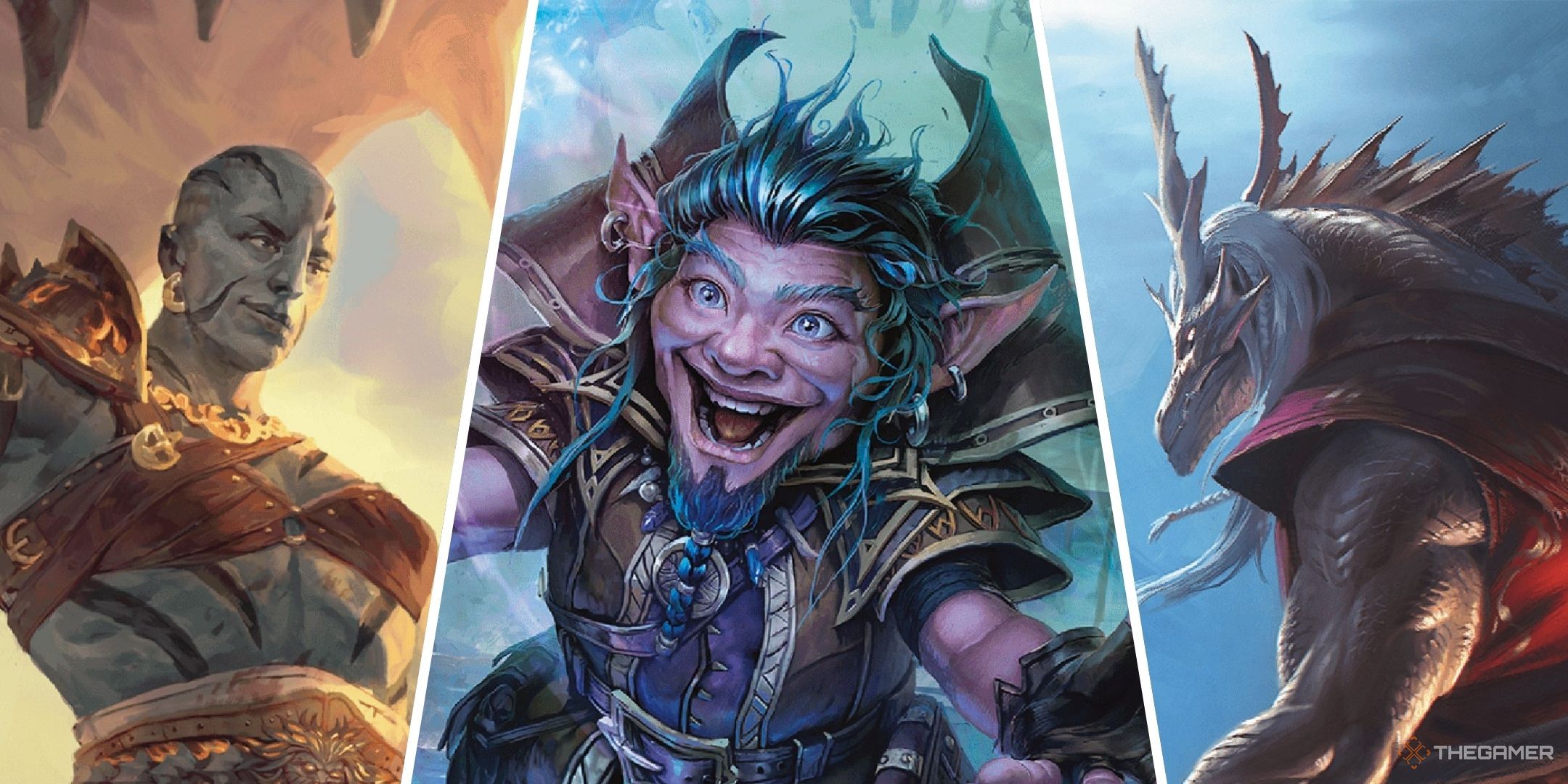
Related
Dungeons & Dragons: Best Background For Each Class In The 2024 Player’s Handbook
All adventurers came from somewhere.
No matter the reason, dragonborn aren’t all that far off from humans, and age at about the same stages, meaning that you won’t have to adjust how you roleplay them for quite some time. And, if a campaign doesn’t span great leaps in time, it won’t make a difference.
27
Aarakocra
Around 100 (Previously 30)
Aarakocra were first presented as a playable species in the Elemental Evil Player’s Companion. And, at that time, they were given an incredibly short lifespan of only a few decades. However, aarakocra were one of the species that benefited from a generalized change to how species age in Dungeons & Dragons.
Because of this adjustment, aarakocra, and many other species, now live to be around a century old, giving these finely feathered folk a much longer life expectancy and making it so that, as a player, you don’t have to carefully count the days as journeys and missions stretch on through a campaign.
It is stated in Mordenkainen Presents Monsters Of The Multiverse (page 6) that it should be assumed player characters live to be nearly a century old. Thus, any lifespan that is not listed in this sourcebook is around the 100-year mark despite being different in previous editions or books.
26
Centaur
Around 100
You know them, you love them, everyone’s favorite half-human, half-horse species in Dungeons & Dragons. Centaurs can be from just about anywhere in the Multiverse, but their lifespan remains the same. Unless your DM has some homebrew rules to make them stand apart if they hail from different locations.
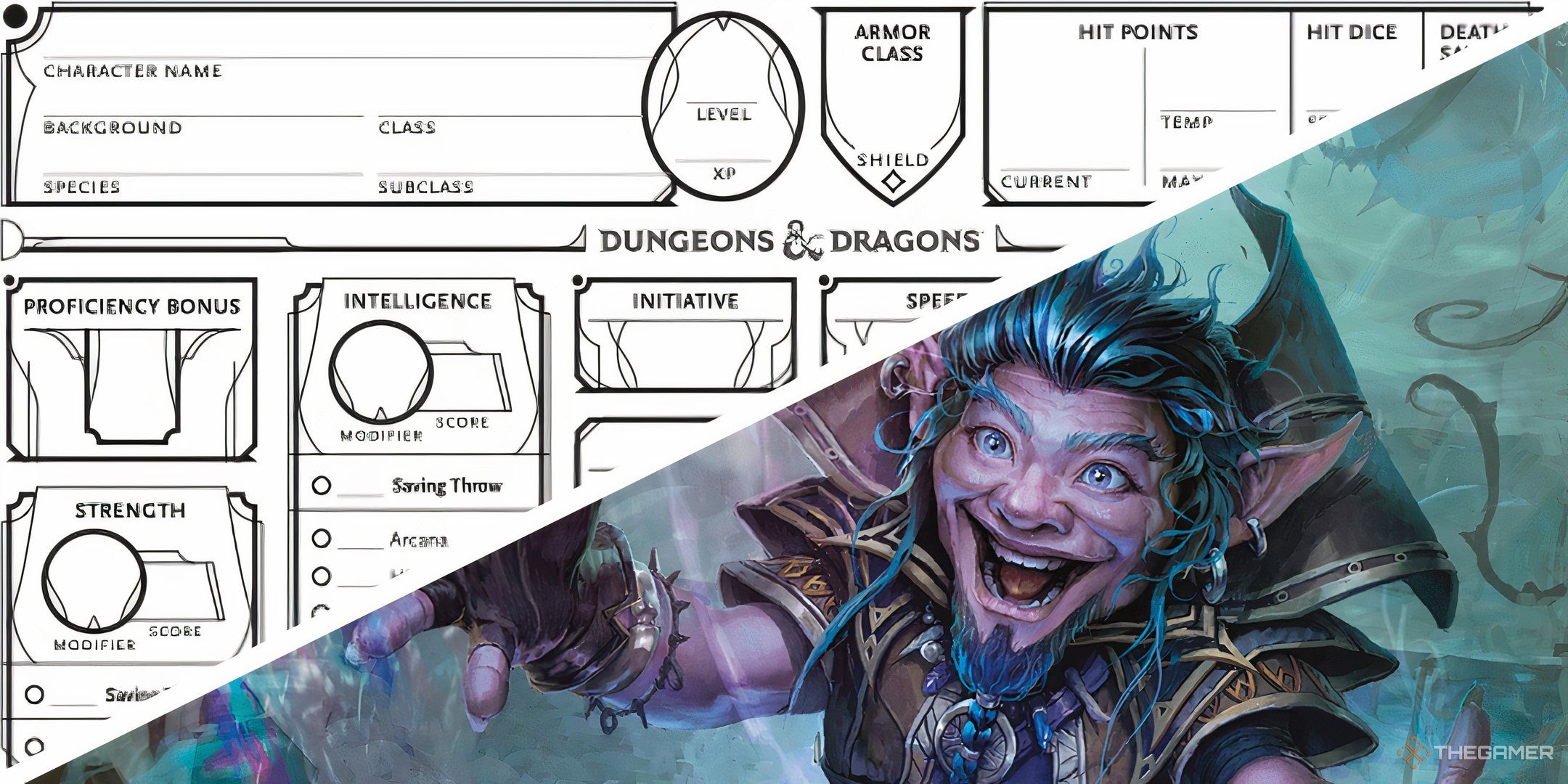
Related
How To Fill Out A Character Sheet Using The 2024 Player’s Handbook
Filling out a character sheet using the 2024 Player’s Handbook for the first time? Here’s everything you need to know.
Whether fey-touched or coming from a more mortal background, this species can see many decades of battles and quests before calling it quits, making them a perfect candidate for a future player character.
25
Changeling
Around 100
Changelings are fascinating people as they can easily alter and change their appearance, rarely ever showing people their true form. Despite this otherworldly ability, their age stays on par with many of the other creatures who don’t have such mysterious, innate powers.
If using the information of their lifespan to inform some key roleplaying details, you could decide to only choose from the other species who tap out at about a century. That or young elves, dwarves, and the like who still have much more living left to do.
24
Fairy
Around 100
Fairies are some of the smallest creatures in terms of stature, but not when it comes to age. They didn’t have the good fortune of inheriting as long a life as some of the other fey species, but 100 years is certainly nothing to balk at.
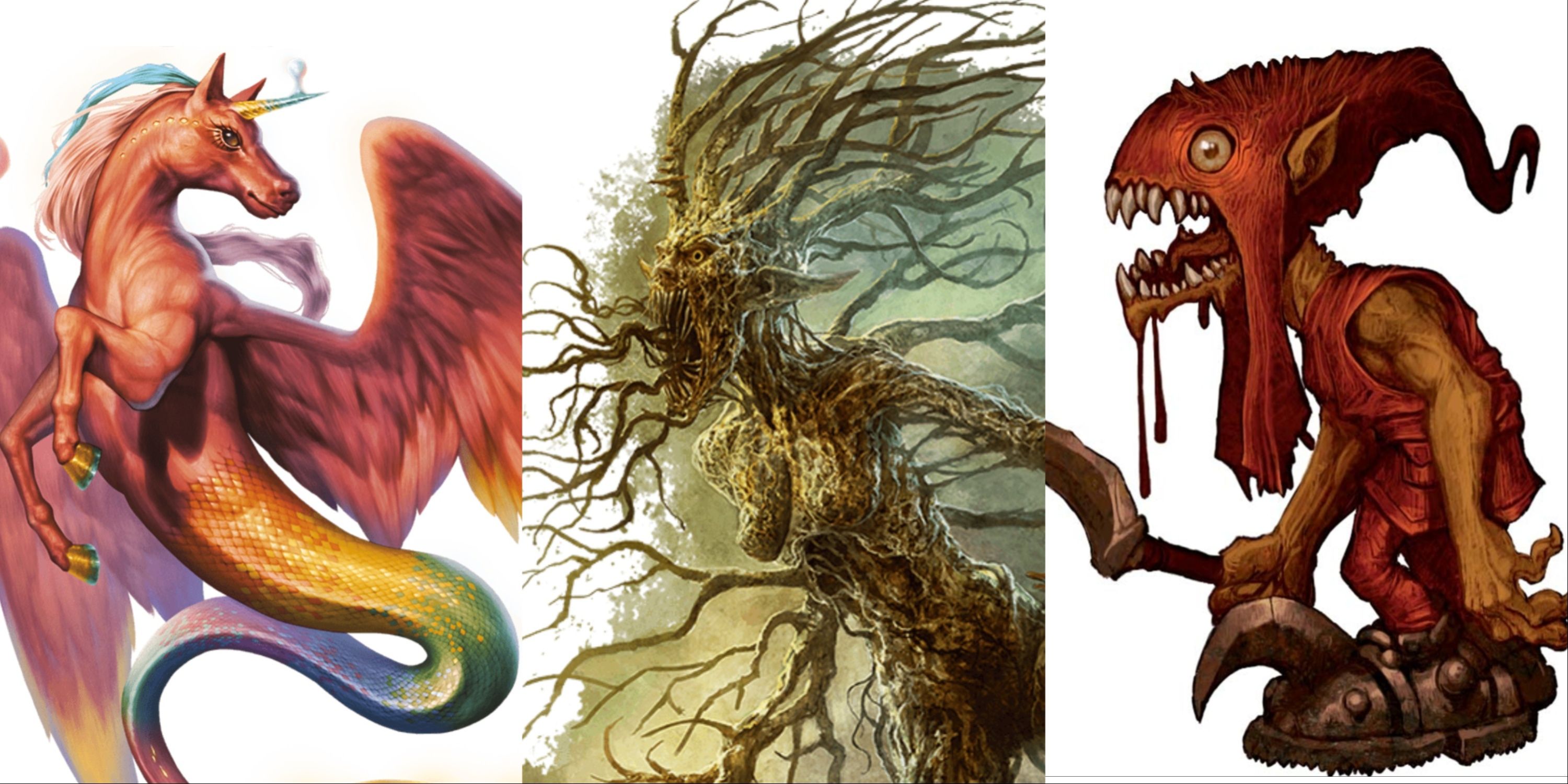
Related
Dungeons & Dragons: 8 Unusual Fey To Shock Your Players With
Not all fey have cute little butterfly wings.
Plus, when you weigh the pros and cons, being able to fly naturally thanks to their wings gives them an advantage on the battlefield, making it easier for them to see more of their years to come as opposed to those who are trapped on the ground and in dangerous situations.
23
Githyanki And Githzerai
Around 100*
Githyanki and githzerai are cousins when it comes to their species. Under normal circumstances, they also live to be around a century old. However, githyanki can cheat the system a bit, thanks to their home in the Astral Plane, giving them the upper hand over their Limbo-based kin.
If a githyanki remains in the Astral Plane, they can live forever. The only reason they don’t rank higher on this list when compared to others who have no opportunity to live indefinitely is that, unless you are playing a campaign that only takes place there, chances are you’ll be aging with the rest of the party members.
22
Goblin, Hobgoblin, And Bugbear
Around 100
Goblins, hobgoblins, and bugbears, oh my! This could very well be a childhood song in the worlds that make up D&D, as the three species are related to one another and are typically feared or seen as monsters. Or servants of more sinister forces.
No matter their origin or where they come from in the Multiverse, their lifespans are all roughly the same, making it so that, unless their life is cut short during their adventures, they have quite a while of good fighting in them all. Unlike with the gith cousins, this doesn’t give any of the goblin-kin an age-based reason to pick one over the other.
21
Harengon
Around 100
Harengon are the rabbit-inspired folk of the D&D world, and their origins are based in the fey, which is similar to fairies. However, that isn’t the only place you can run into one, or the only place you can be from if you decide to play as one. They’ve traveled long and far, learning as much as they can about their new homes.
In fact, you could use this as a backstory detail that in their lifetime, they want to see and explore as many worlds and planes as possible. Especially if the campaign you’re playing in already intends to explore multiple locations separated by time, space, magic, or any other type of border.
20
Kenku
Around 100
Unlike many of the other creatures on this list, a kenku you meet, or decide to create, could be from the Shadowfell instead of the Material Plane. However, having a different home hasn’t impacted their age by either shortening it or allowing it to span beyond a century.

Related
Dungeons & Dragons: Guide To Foraging
Did your party forget to pack enough food? Don’t worry, the foraging system exists for that reason. Let’s go over its rules and how to use it as a DM.
This does give them quite a long time to learn from their surroundings, especially since they depend on mimicry to effectively communicate. Who knows, it could lessen the mental burden when trying to learn words and gestures to not have to wonder how long the other species live for.
19
Kobold
Around 100
While still related to dragons like their taller dragonborn cousins, kobolds have the slight advantage of living on average a couple of decades longer. This could be due to them often staying close to their community. However, that may not matter if you choose to be a kobold for your next character.
After all, you’ll have to leave to go on adventures. Unless the campaign setting all takes place within or near your warren. Either way, your age will remain the same, so why not get out there and have an adventure?
18
Human
Around 100
Ah yes, humans. The lifespan of a human shouldn’t come as a shock because, although the world of D&D is more hostile on a daily basis than our own, their life expectancy is the same as ours. In fact, every stage of life happens around the same time.
Puberty, adulthood, all of it. So, if you’re crafting a character or an NPC, their age will match what you’re used to. This makes it very easy to inhabit a human character, along with the species that have similar lifespans. So your human most likely will not live to see their 500 birthday, but that’s okay.
17
Goliath
Around 100
Both humans and goliaths are described as living for less than a century. So, although it doesn’t provide an average based on any kind of in-game census, that does mean that they live to be about 100 or less. Which is considerably less than their giant ancestors.
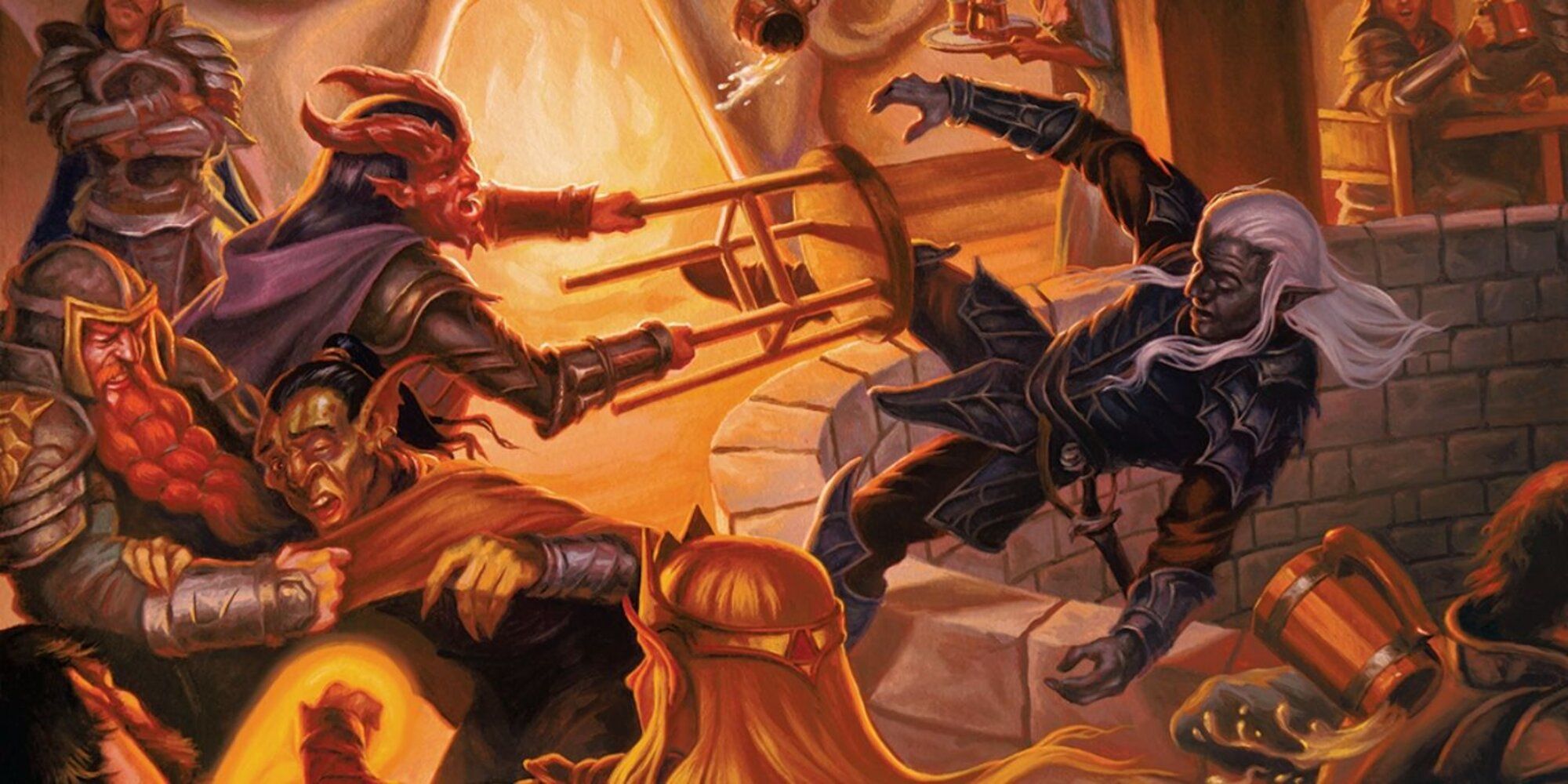
Related
Dungeons & Dragons: 8 Conflicts To Add To A Settlement
Add some drama to your settlements with these conflicts!
Giants can live to be anywhere between 300 and 400 years old. Goliaths then face a similar plight to dragonborn. Here, you have these members of your family that can live for multiple centuries, but that ability didn’t manifest for you. Well, for your character or NPC.
16
Lizardfolk
Around 100
Lizardfolk can vary wildly, just as lizards in our world can. Unlike dragonborn who have scales that resemble their dragon ancestors, there’s nothing in place like that for lizardfolk, their scales not representing a certain ability or kin.
Their ages, however, don’t vary, staying locked in right around a century. It would only then come down to how they live. If holding down a safe job or living in an area that isn’t inherently dangerous, then there isn’t much that could shorten their lifespan. Being an adventure, however, can get deadly if you aren’t careful.
15
Minotaur
Around 100
There are many myths, both in Dungeons & Dragons and in our real world, that feature minotaurs. However, those legends have not impacted their ages when it comes to picking one up as a player character.
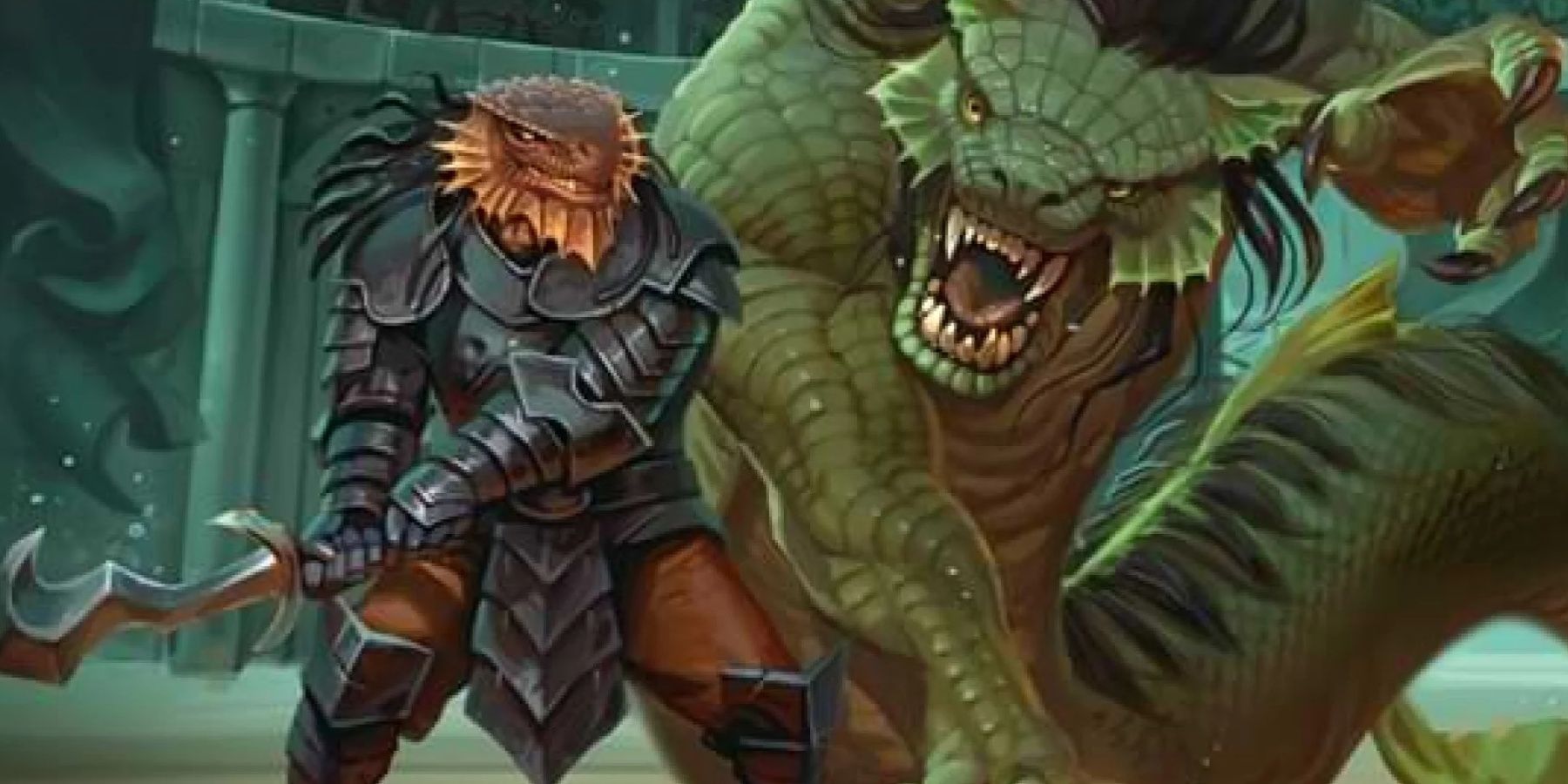
Related
Their biggest varieties have more to do with their horns and their fur as opposed to their lifespans. And this remains the same no matter their origin or how they came to populate the Material Plane in your campaign. The only supernatural thing about them really is their strength. So says Mordenkainen anyway.
14
Satyr
Around 100
It is stated that satyrs thrive on the joy and merriment of their world, which is why they live happily in the Feywild where they can feel the pure emotions there. However, this doesn’t seem to elongate their lifespan, though it could be a fun element to play with as part of a backstory.
Your satyr could be from a plane that was filled with negative energy. Or they were sent or banished to a place that isn’t as full of wonderment and positivity and, because of that, they could feel themselves growing ill or knew they wouldn’t be able to live long in that environment. However, that would all be purely up to your creation, as there are no legitimate rules surrounding the idea.
13
Shifter
Around 100
Unlike those that may have once been humans who were afflicted with lycanthropy, shifters are born as products of those parents. This does keep them from fully shifting, but not from living a long, healthy life.
They are compared to humans in other ways, such as their height, weight, build, and unshifted appearance. So lifespan also falls on that scale, giving them plenty in common with the less transformative humanoids. However, they carry with them more uh body hair, and can have some animalistic features, like long claws.
12
Tabaxi
Around 100
The catlike Tabaxi join the ranks of the century-long club. Much like lizardfolk, their appearance can vary widely, looking like fearsome big cats that could tear you to shreds or more along the lines of a domesticated furbaby who prefers staying in a comfortable home surrounded by their favorite things.
And, just like with lizardfolk, this doesn’t impact their age. They will have around the same lifespan no matter how they look or what kind of trouble they get into. So it’s something that you don’t need to worry about, allowing you to instead focus on what your tabaxi is like and how they look.
11
Tortle
Around 100
This one may be a bit surprising, but tortle don’t have an exceptionally long lifespan. Granted, it might not be shocking with kenku and tabaxi living as long as humans do, but a tortle’s lifespan isn’t influenced by the fact that, in real life, turtles can live so much longer than we do as people.
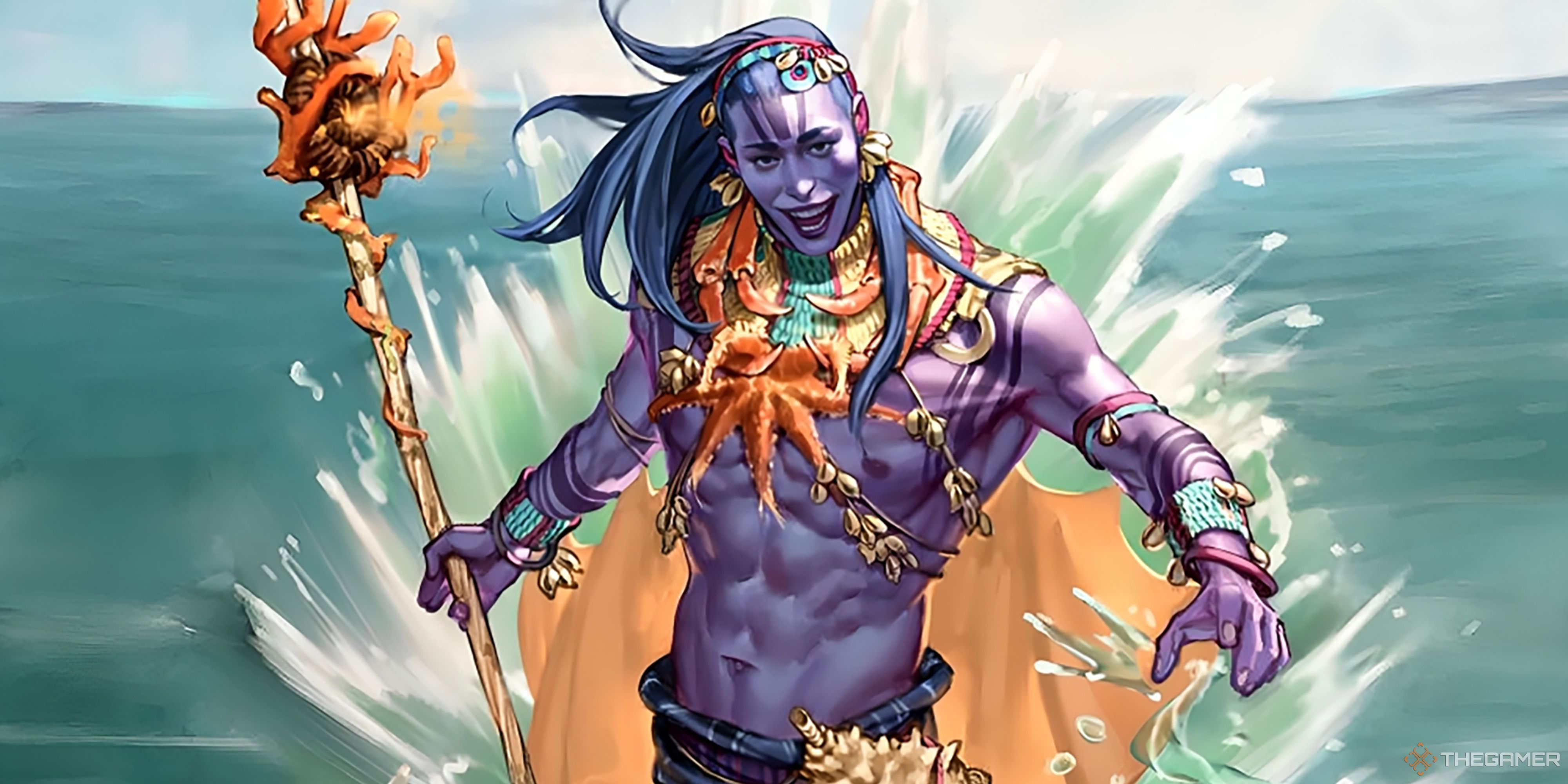
Related
Dungeons & Dragons: How To Build A Circle Of The Sea Druid
Everything’s better when you are wetter as a Circle of the Sea Druid in D&D!
They do have a great number of benefits though. They can hold their breath for around an hour, and can retreat into their shell if they need to escape a physical threat. And, not to mention, they carry their home with them at all times. So you may not get the plus of a longer life, but there are still plenty of great reasons to play as a tortle.
10
Triton
Around 100
Looking to play a species that feels most at home in the oceans and seas of the Multiverse? Well, you can with a triton all without worrying that you’ll have to sacrifice some years to do it. They join the ranks of the others who enjoy a century-long lifespan.
Naturally, like any adventurer, this can be cut short if they sail the high seas a little too hard. Or swim in them that way too. But if all goes according to plan, your triton can look forward to retiring around the same time you might expect a human to.
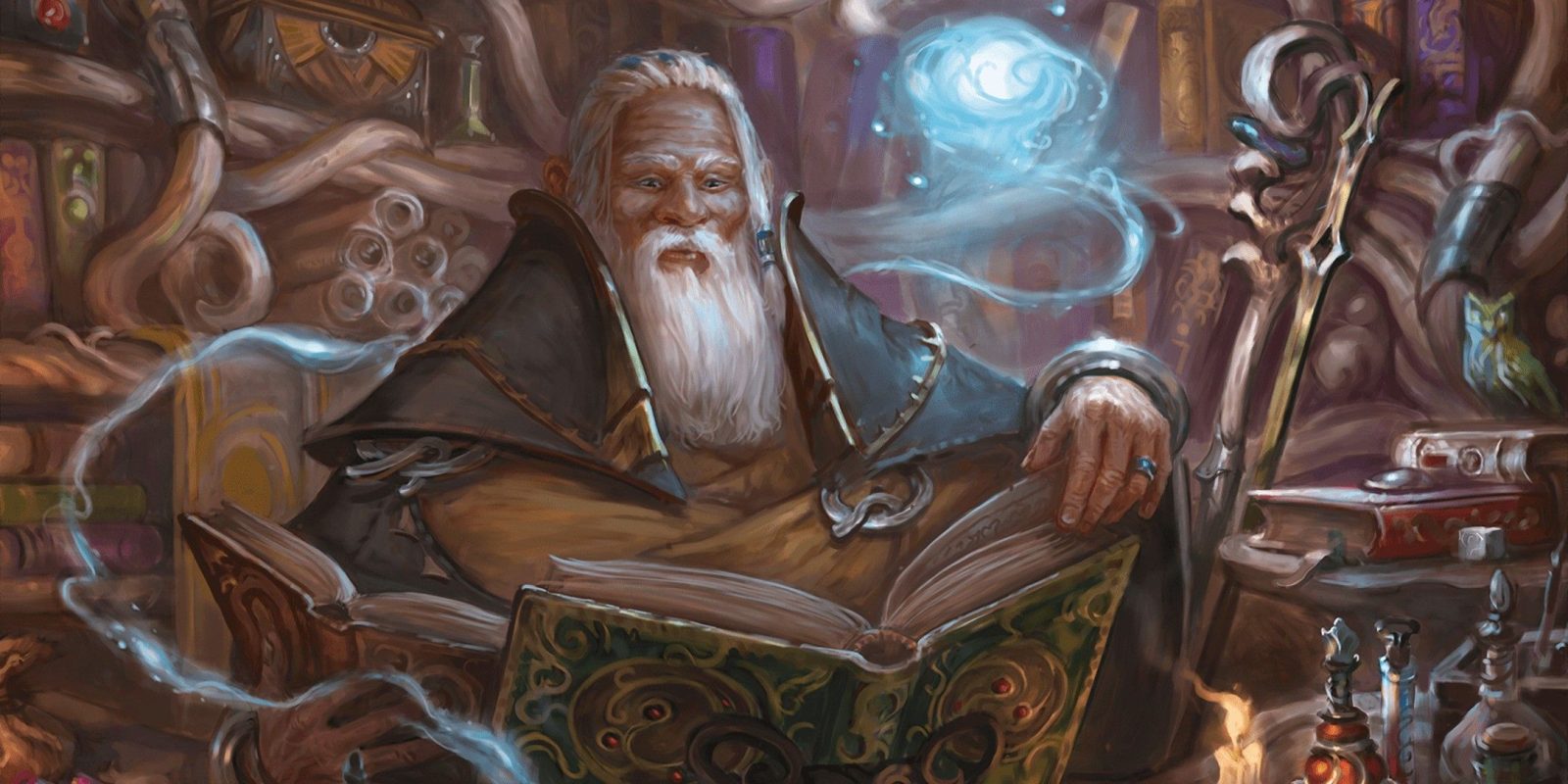
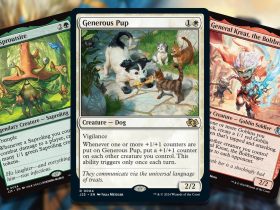
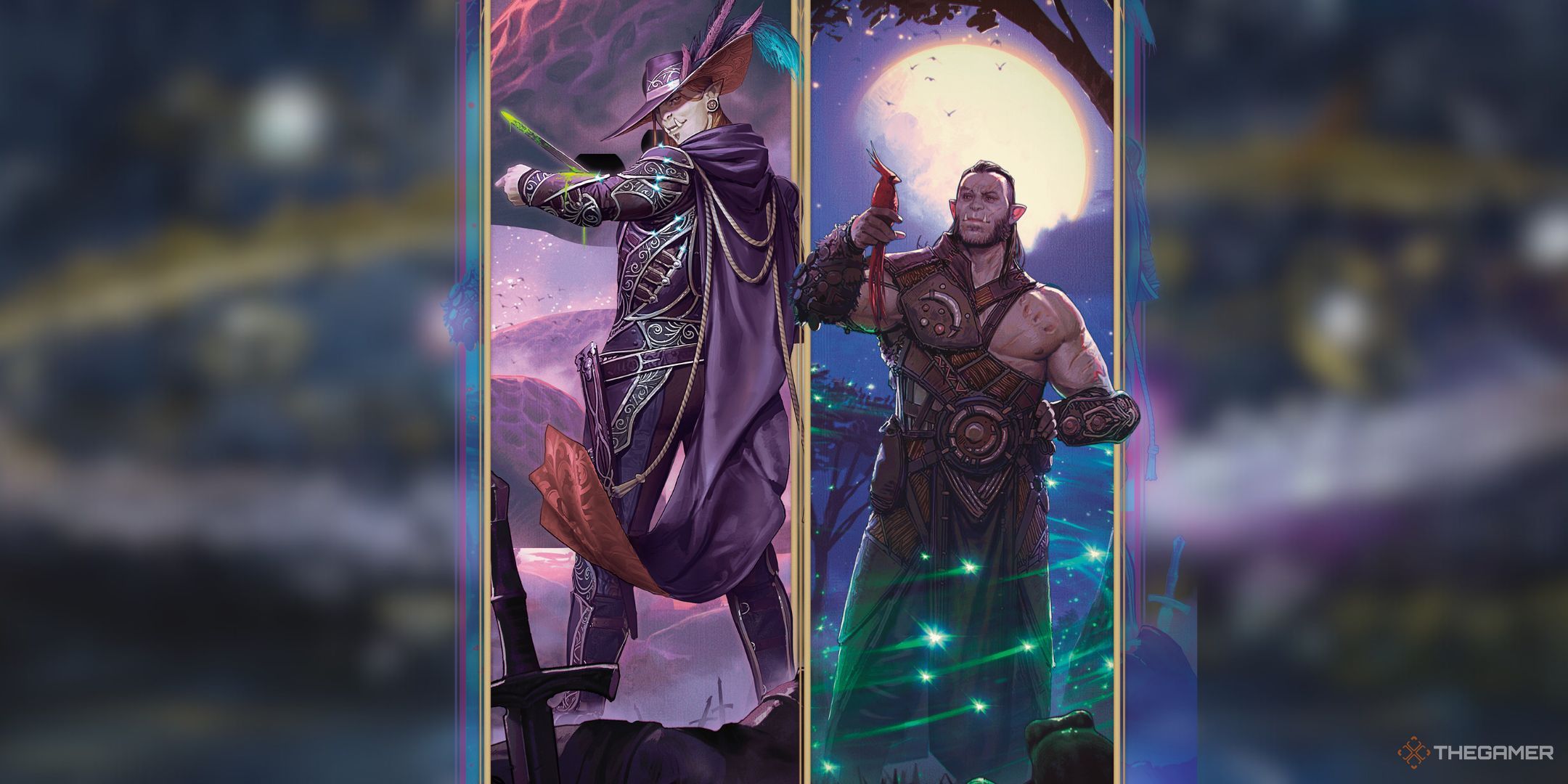
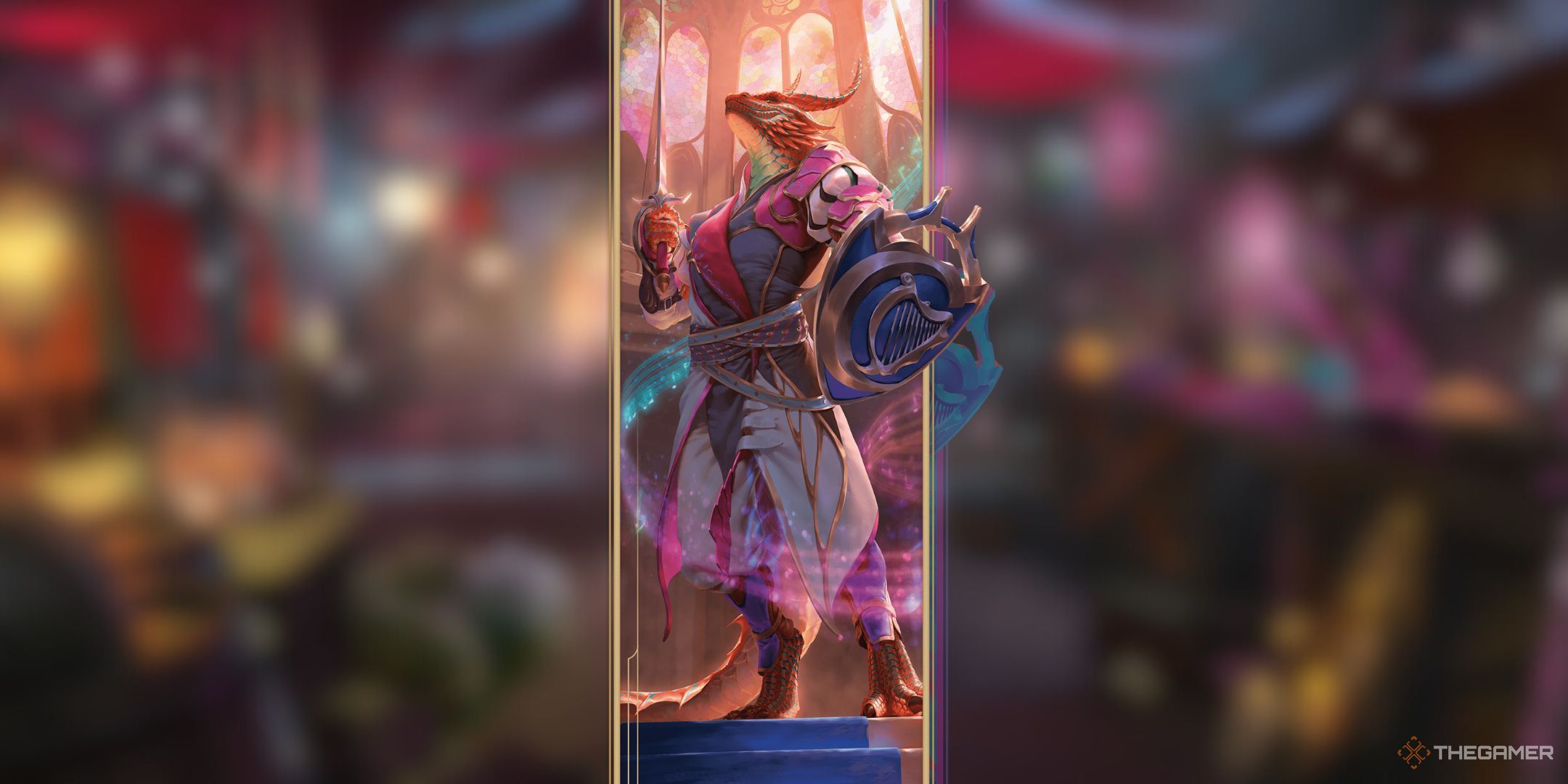
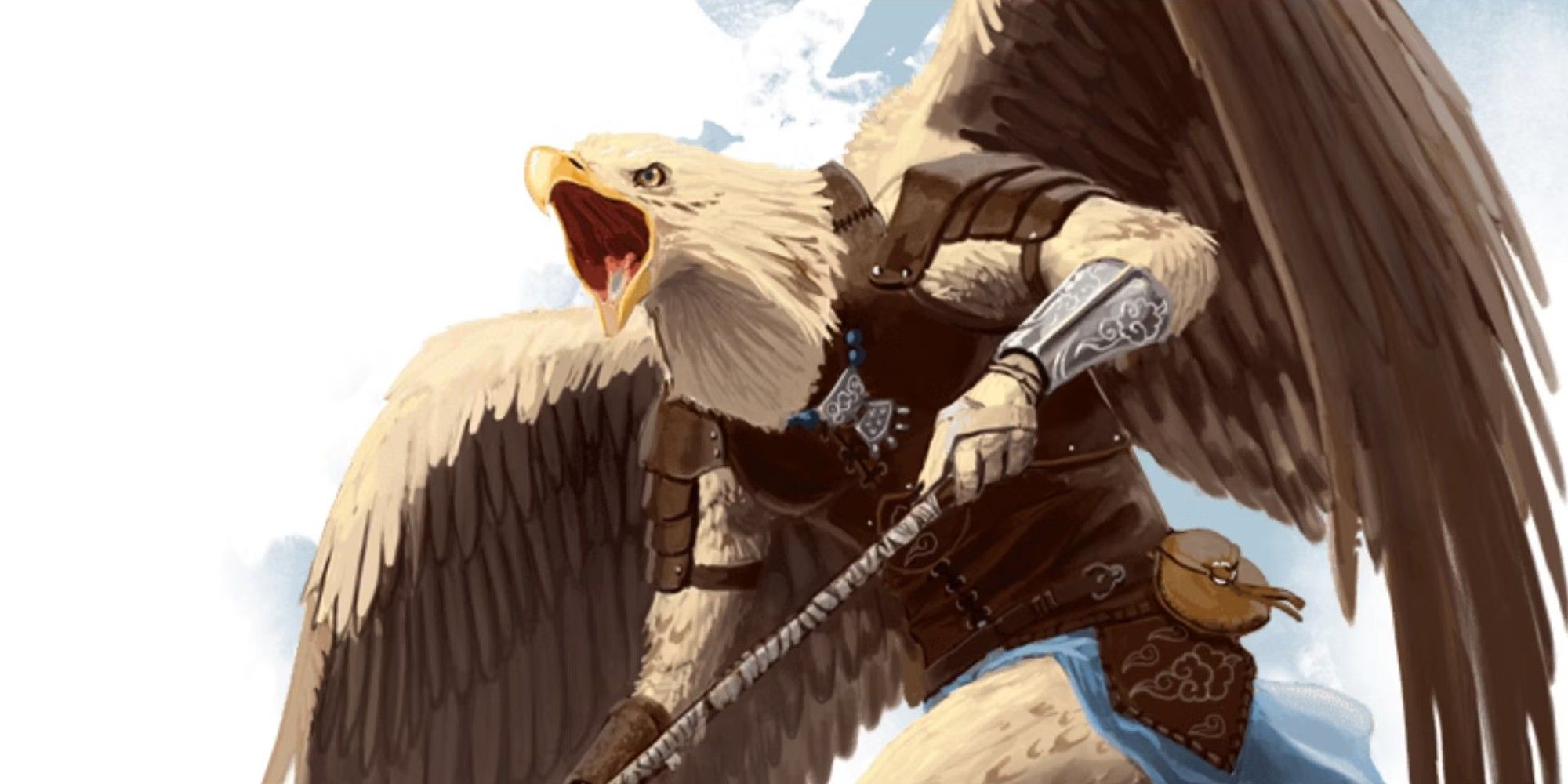
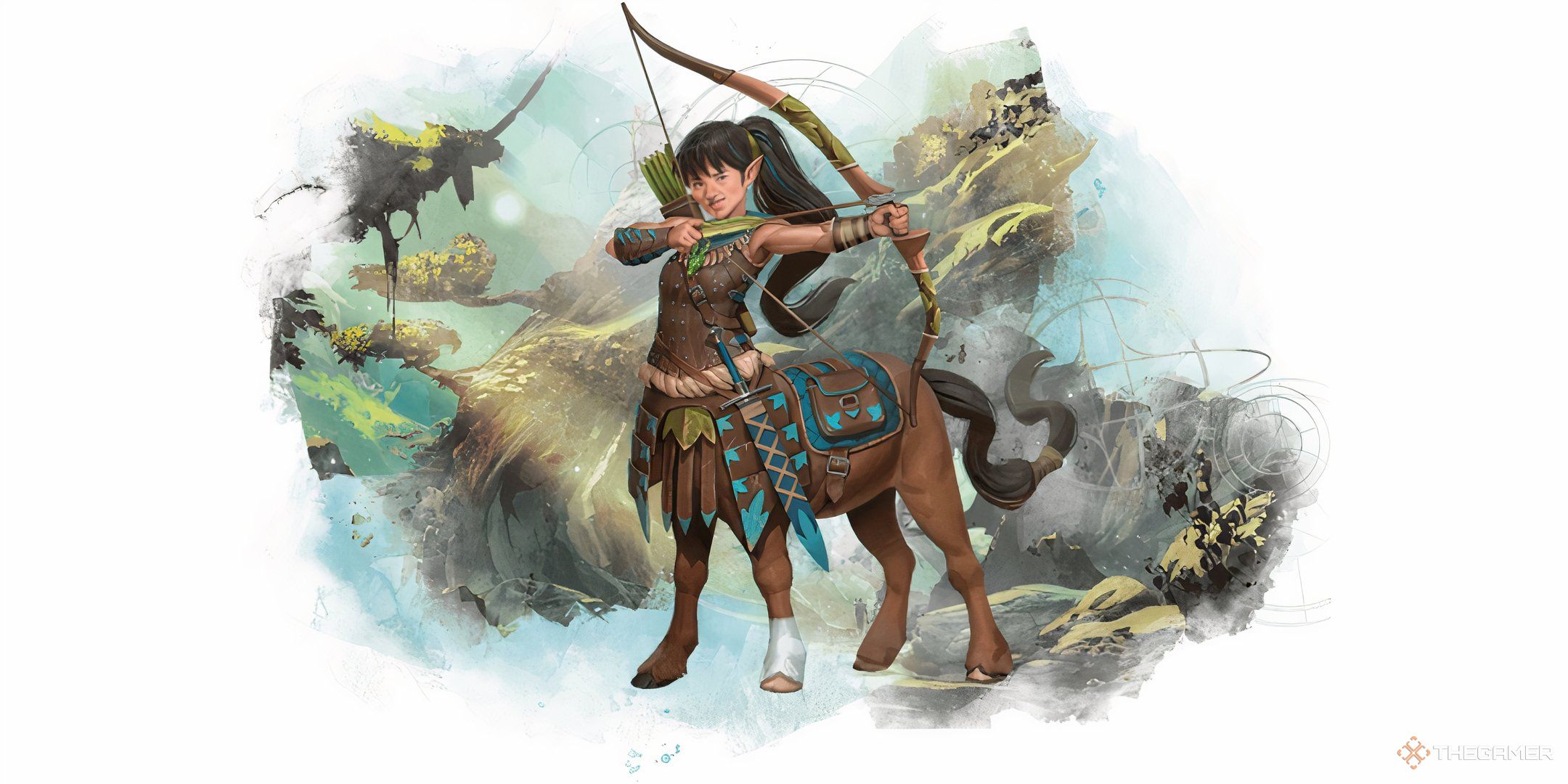
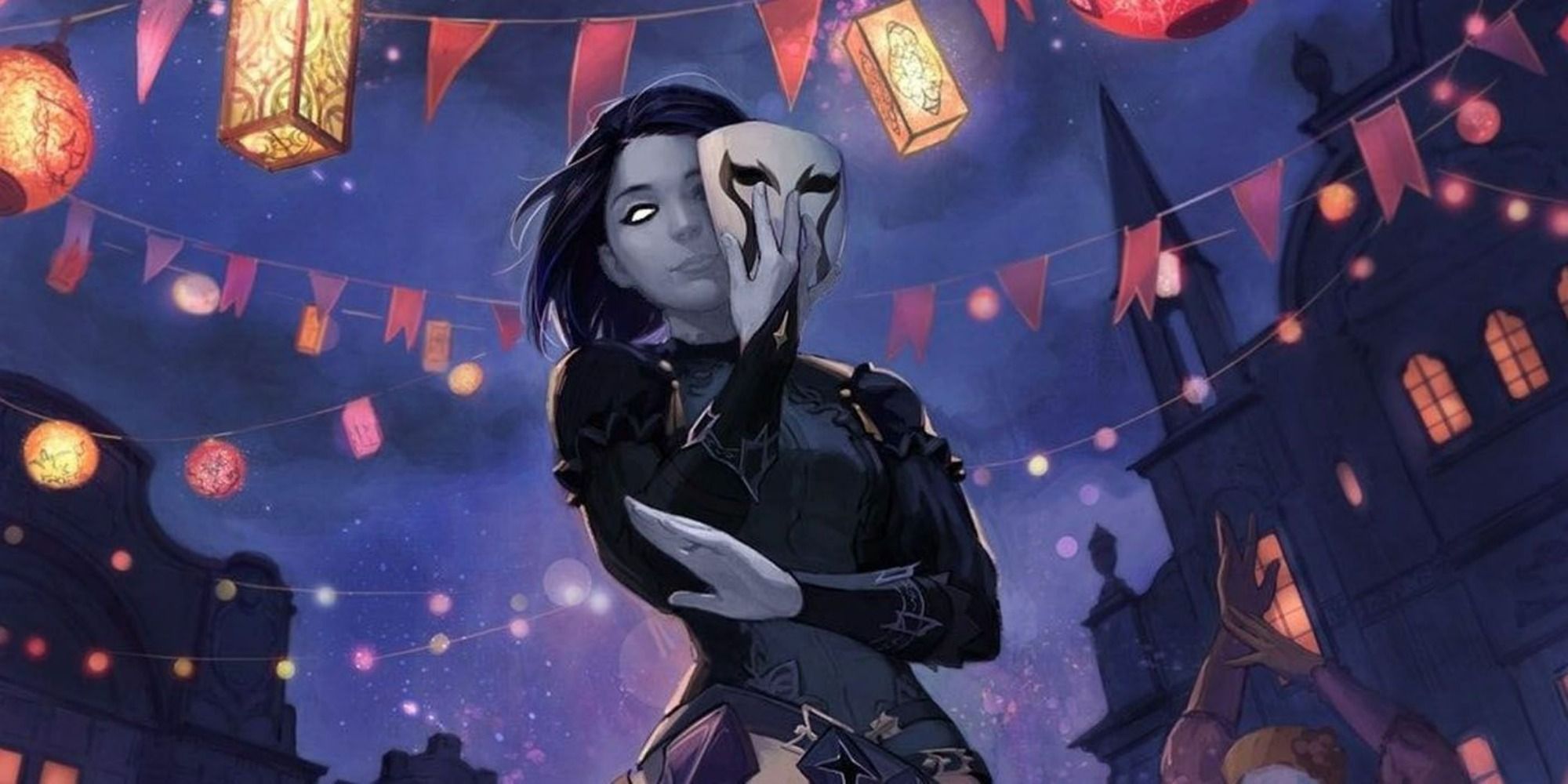
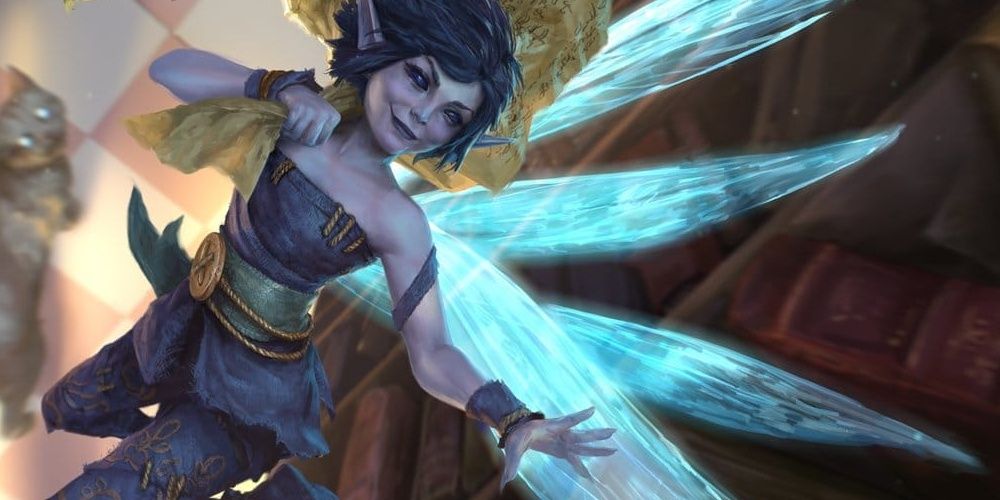
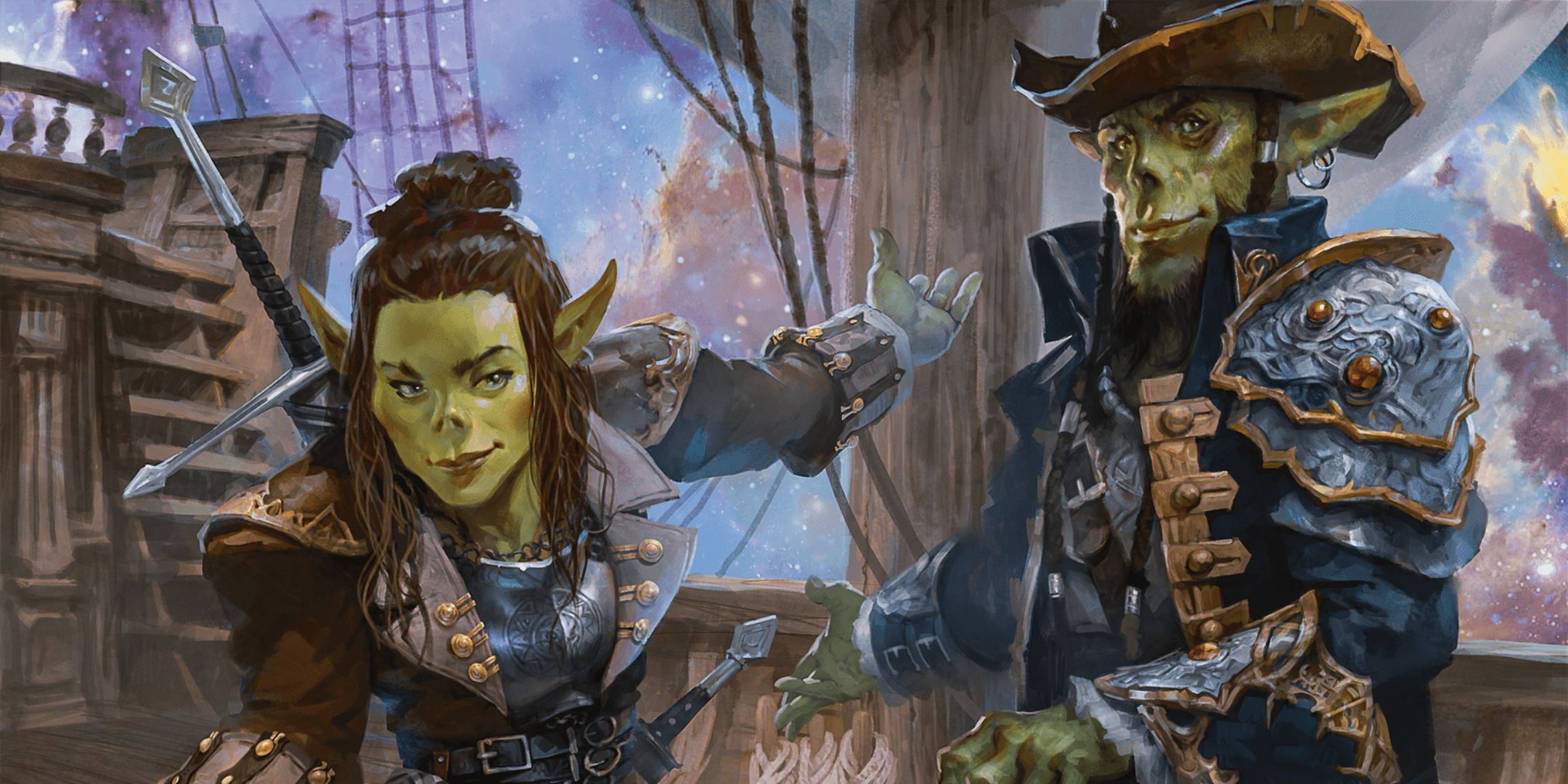
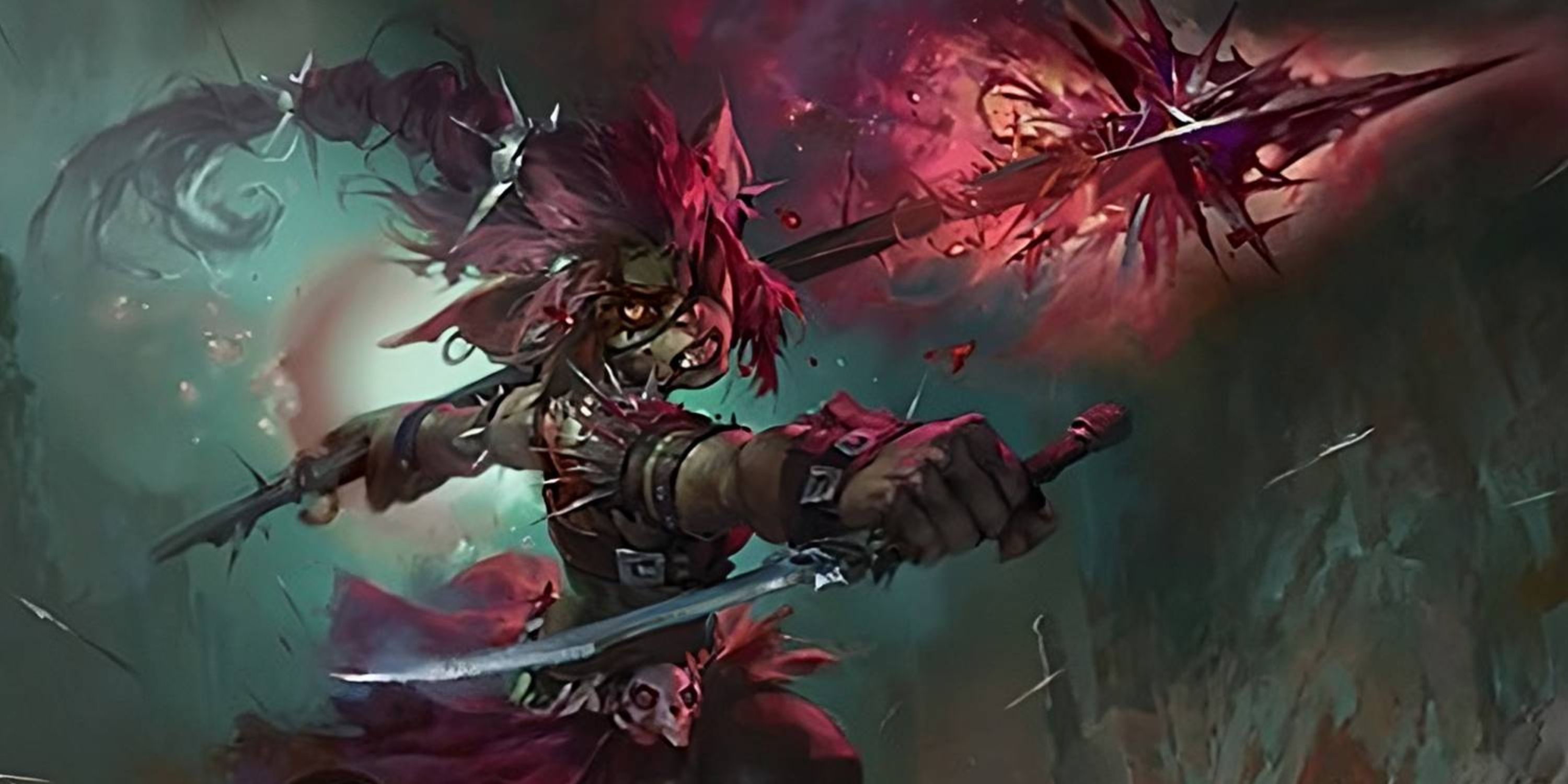
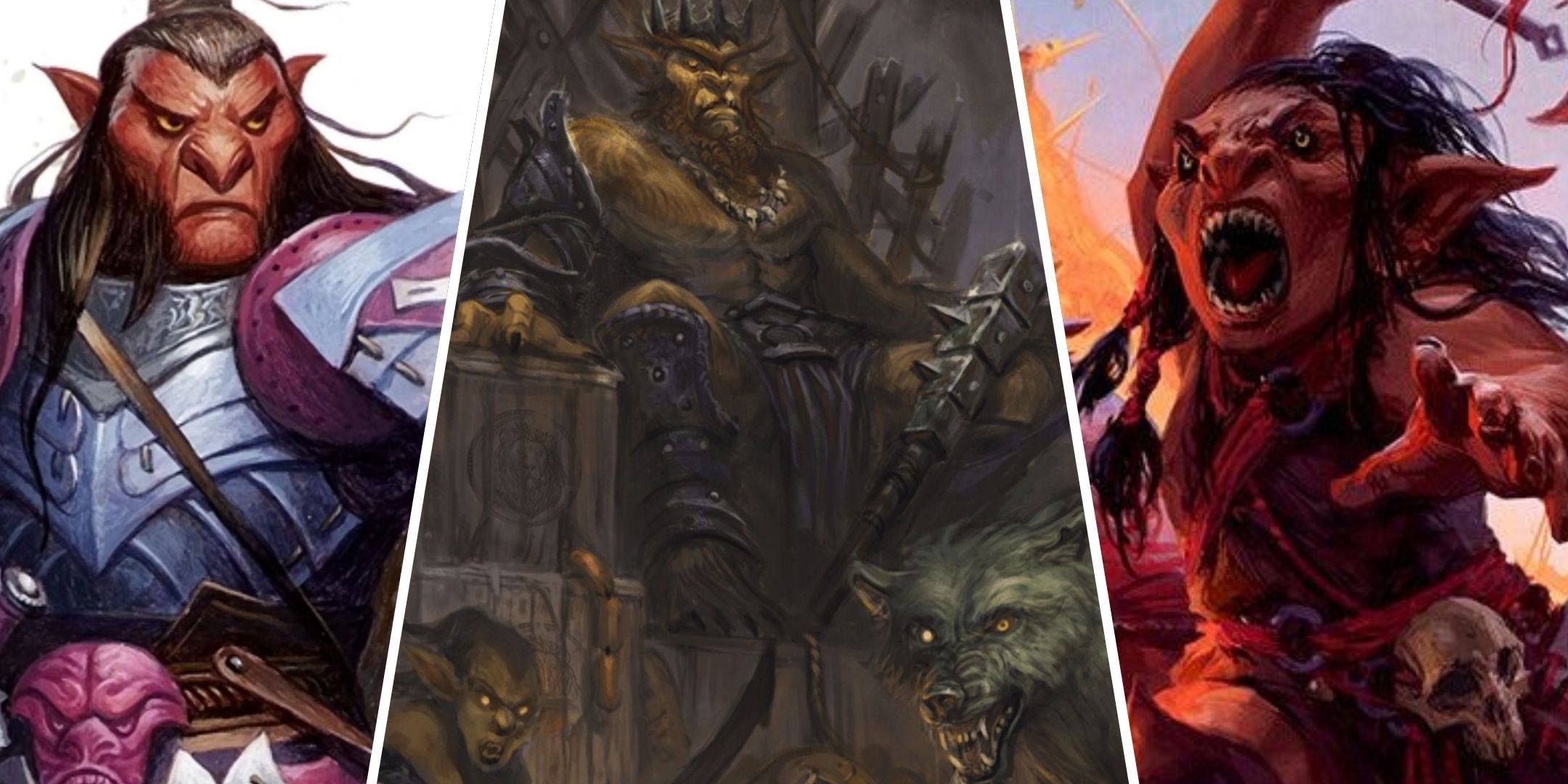
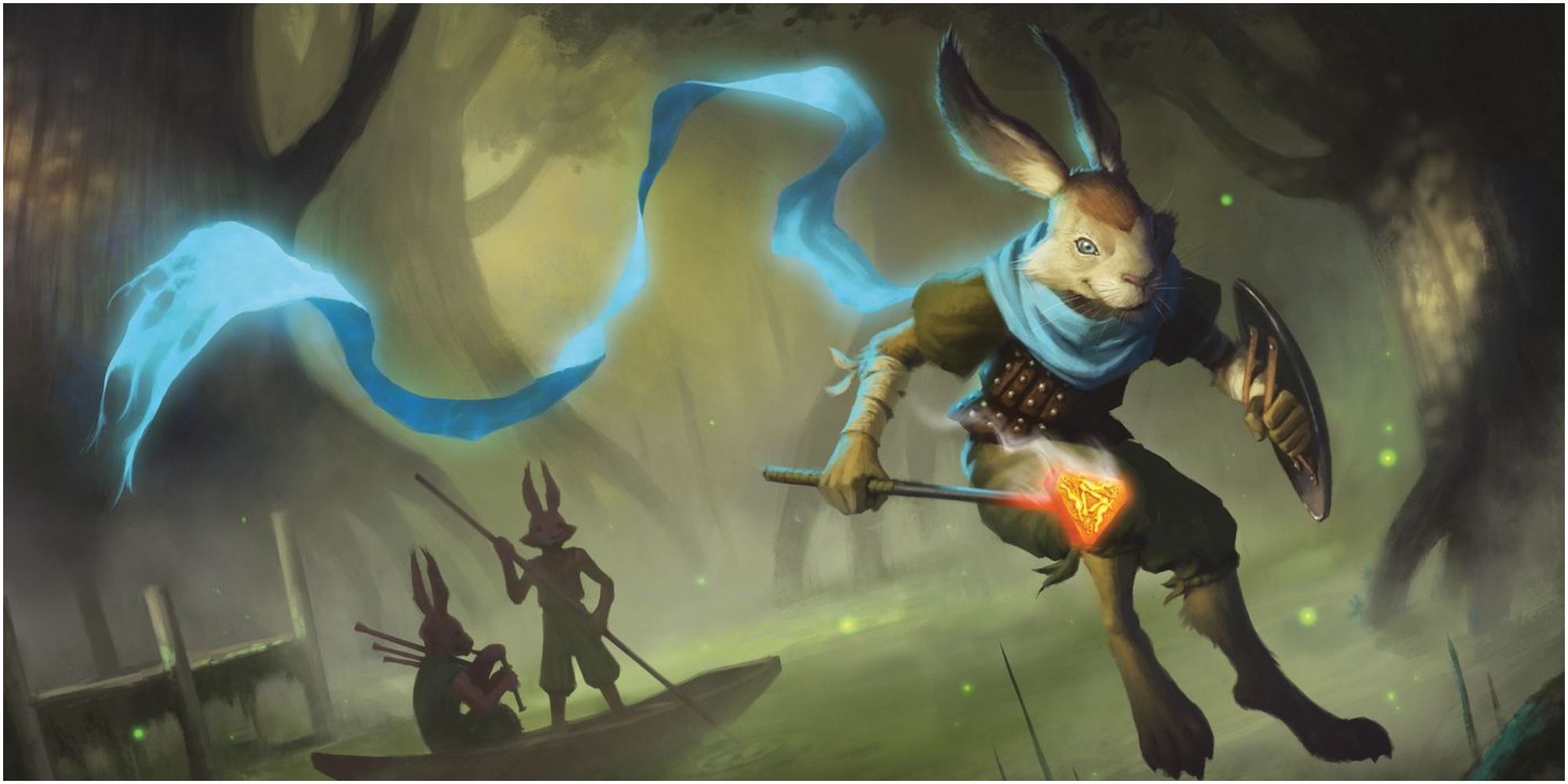
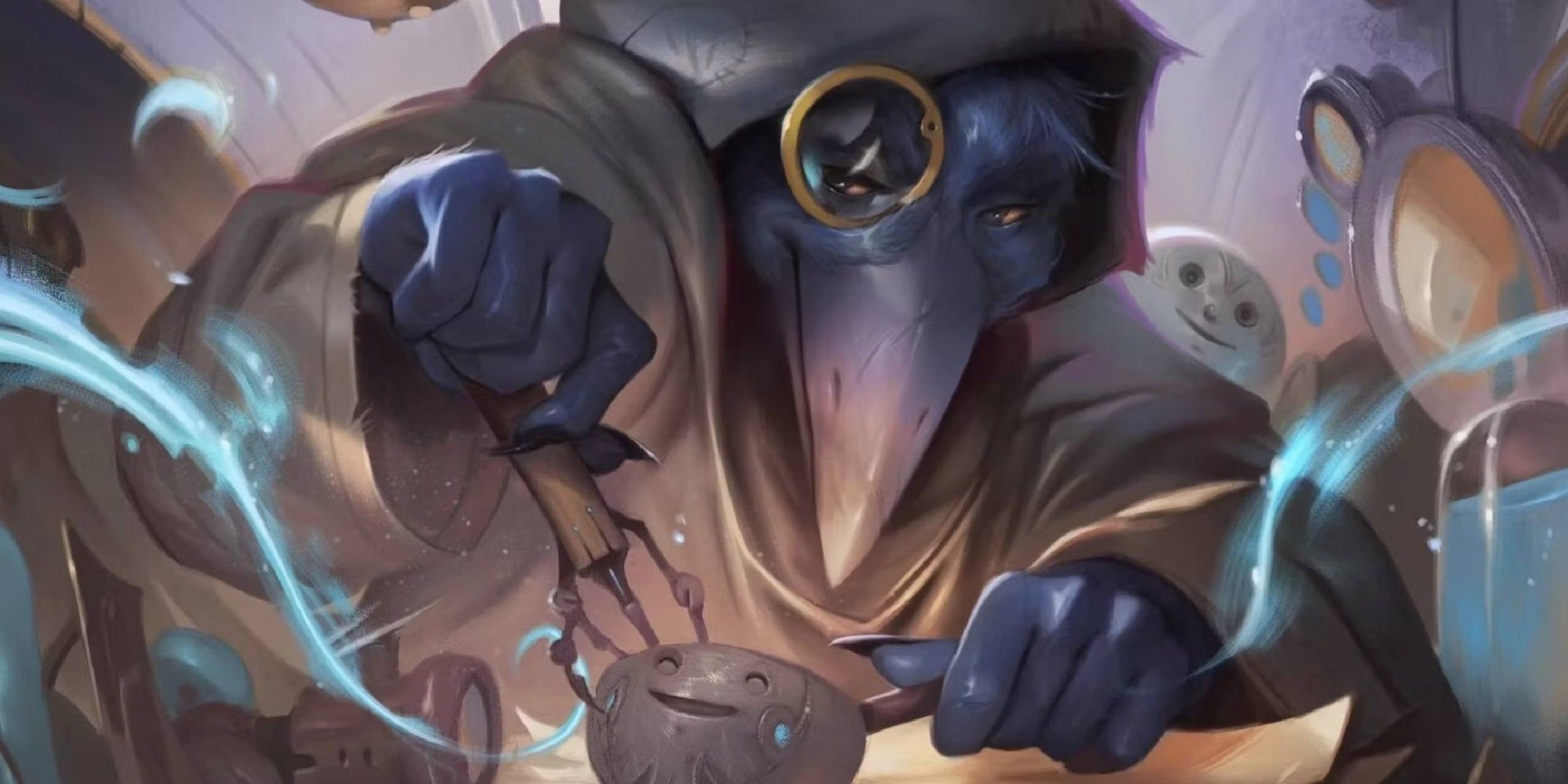
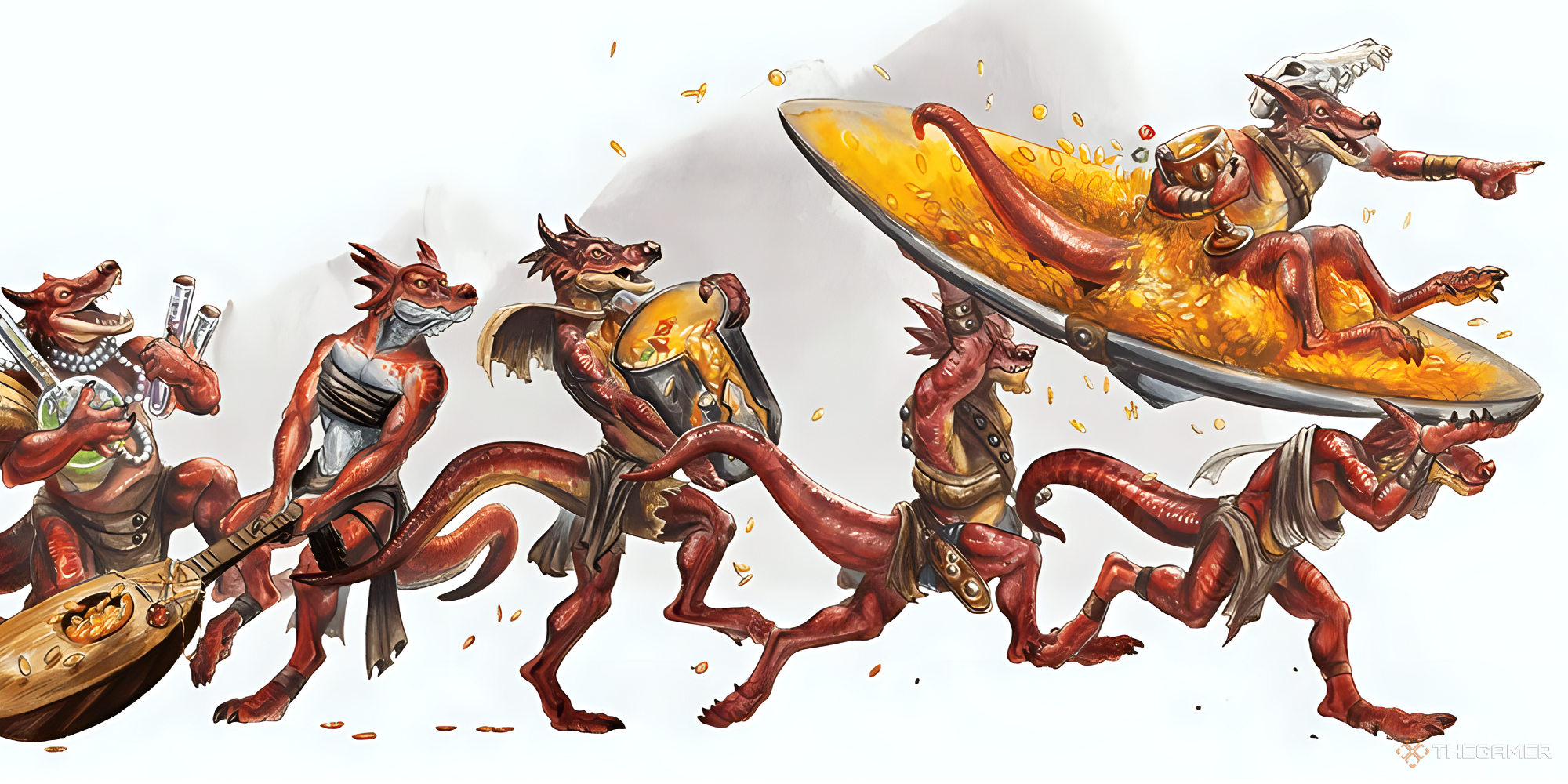
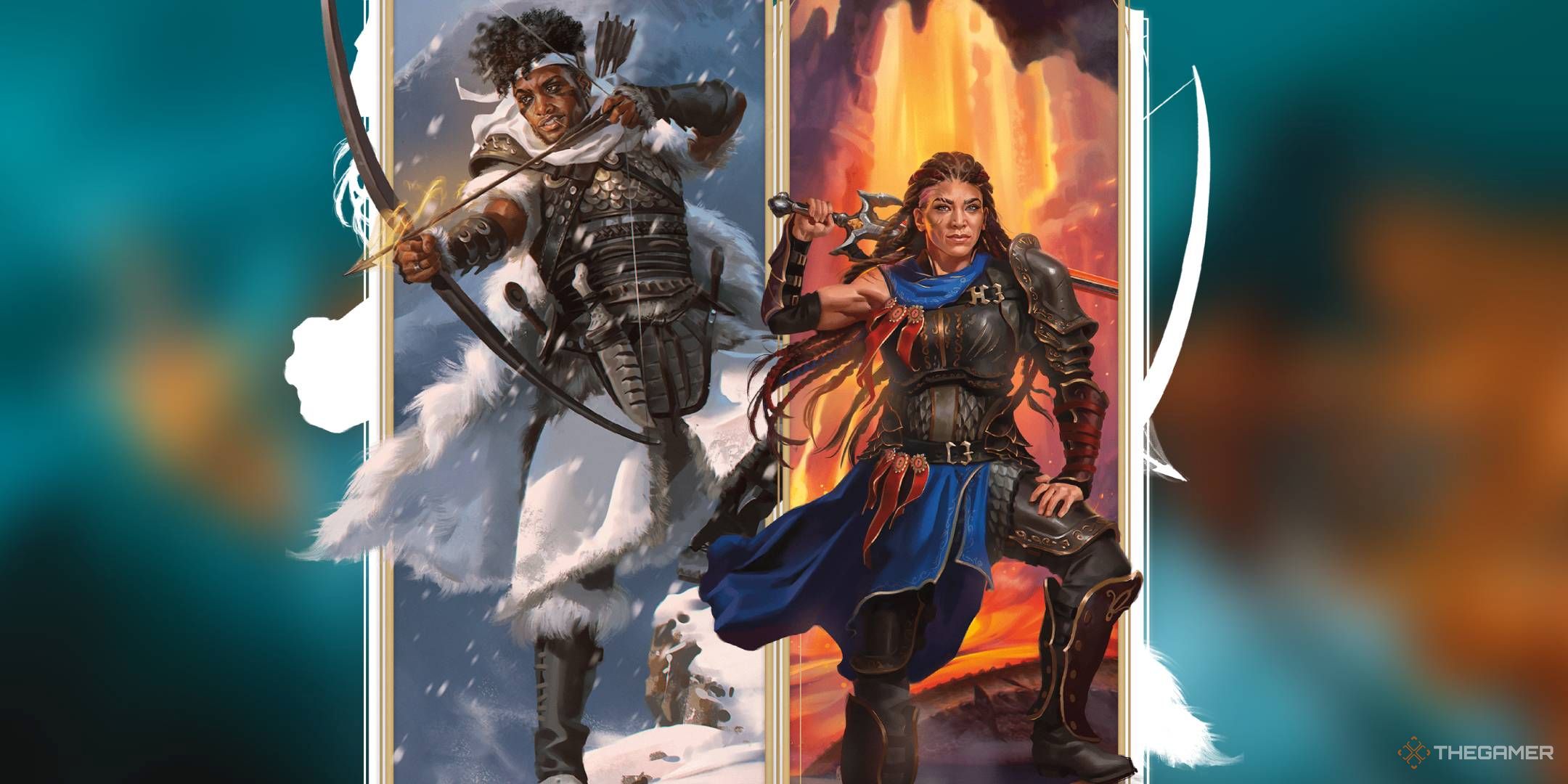
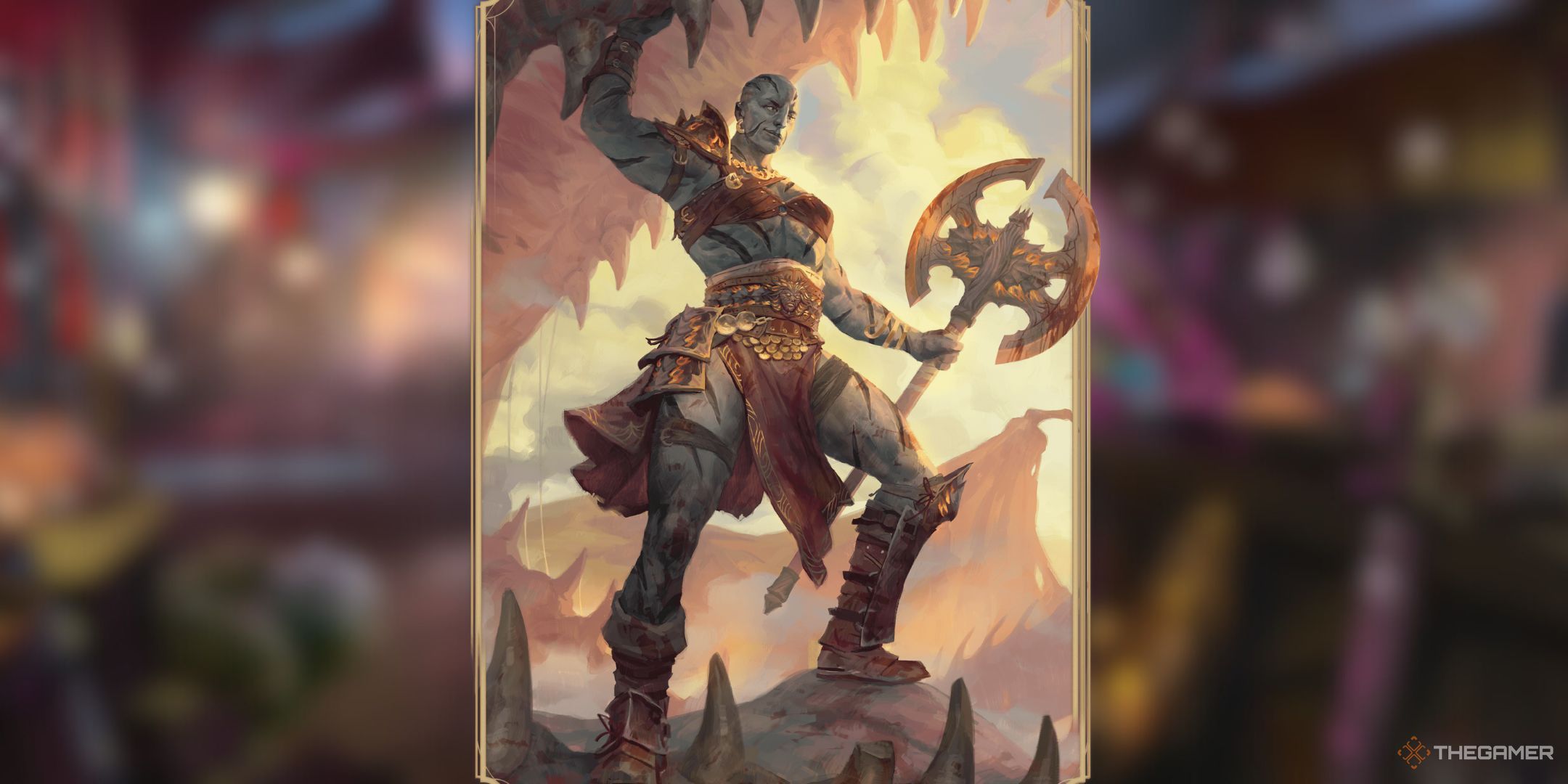
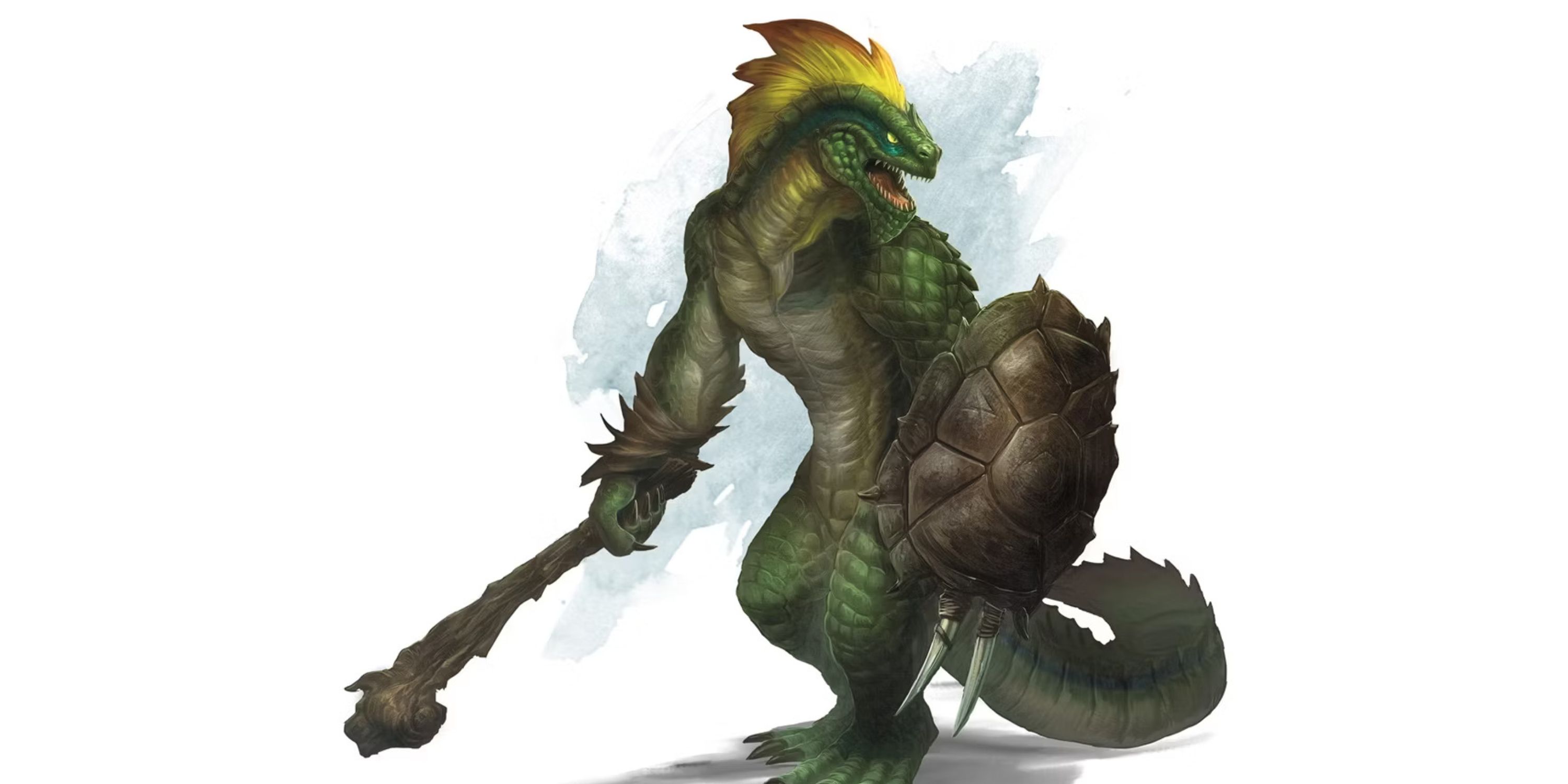
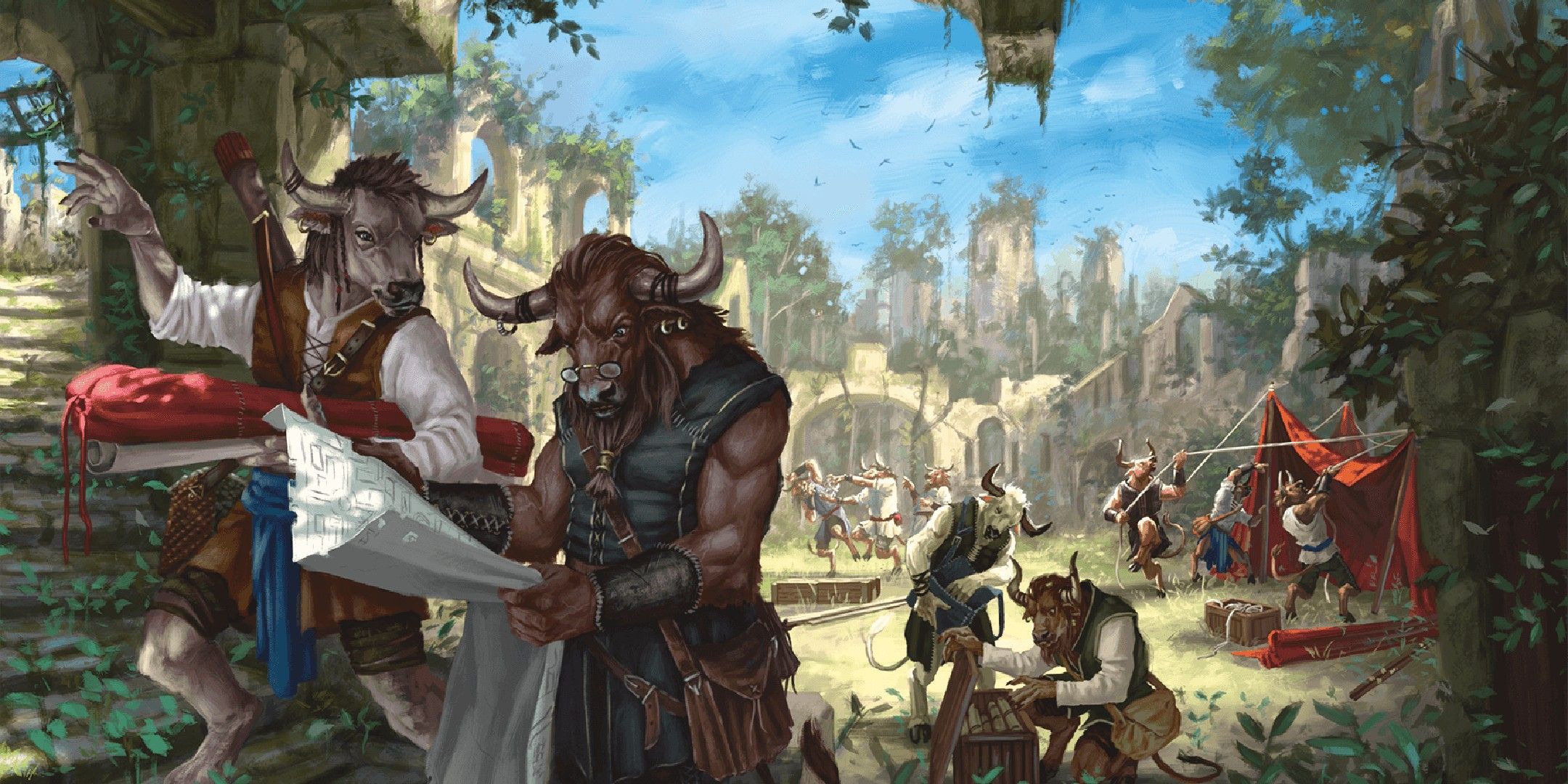
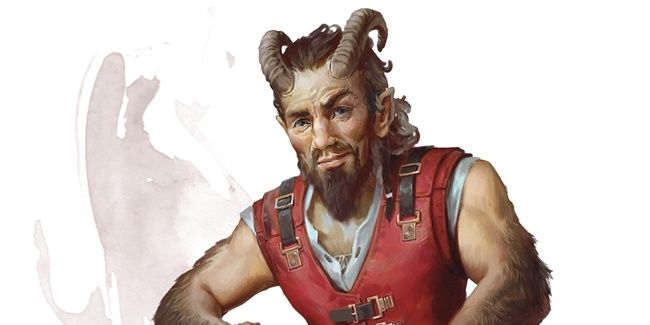
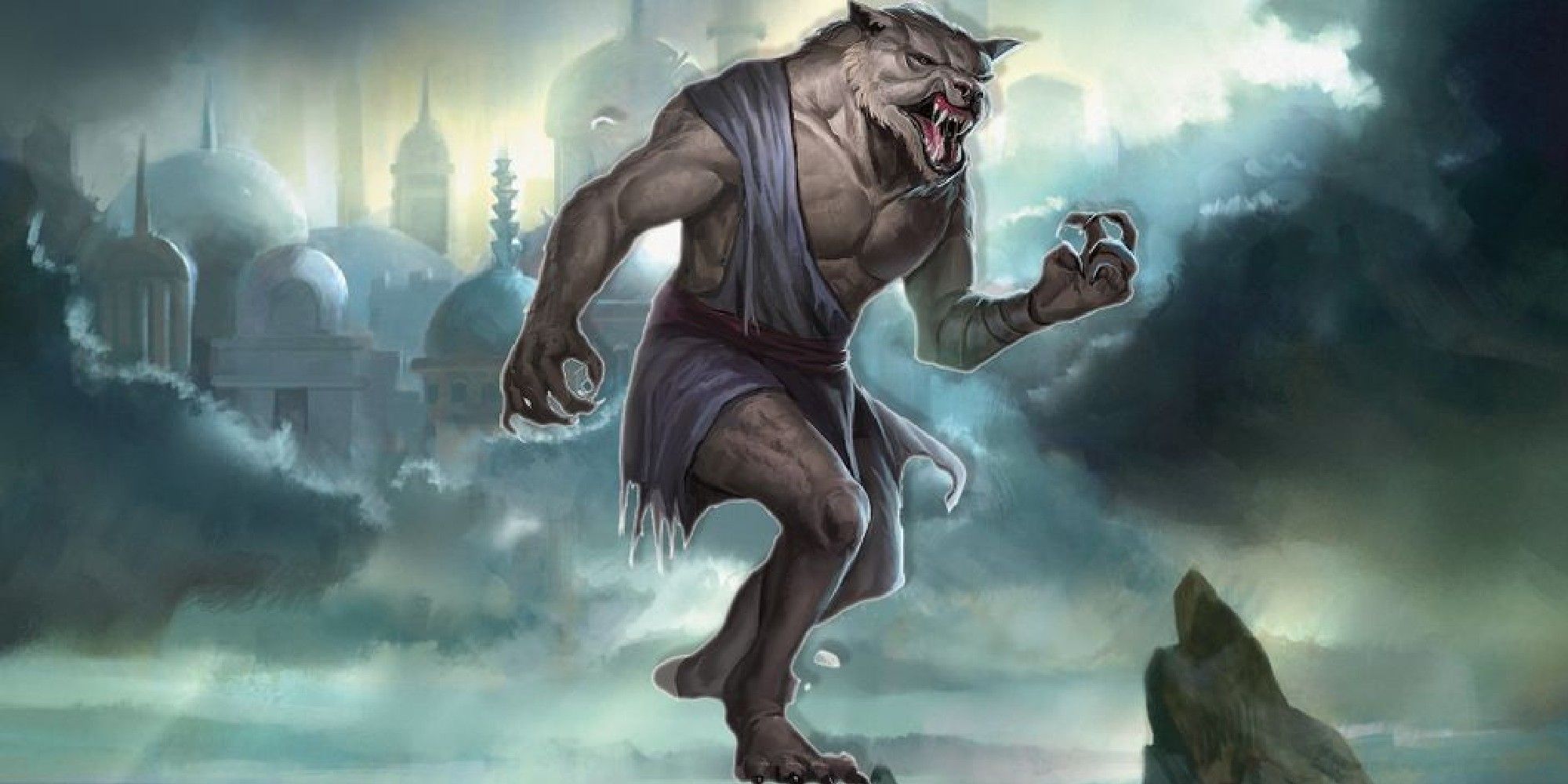
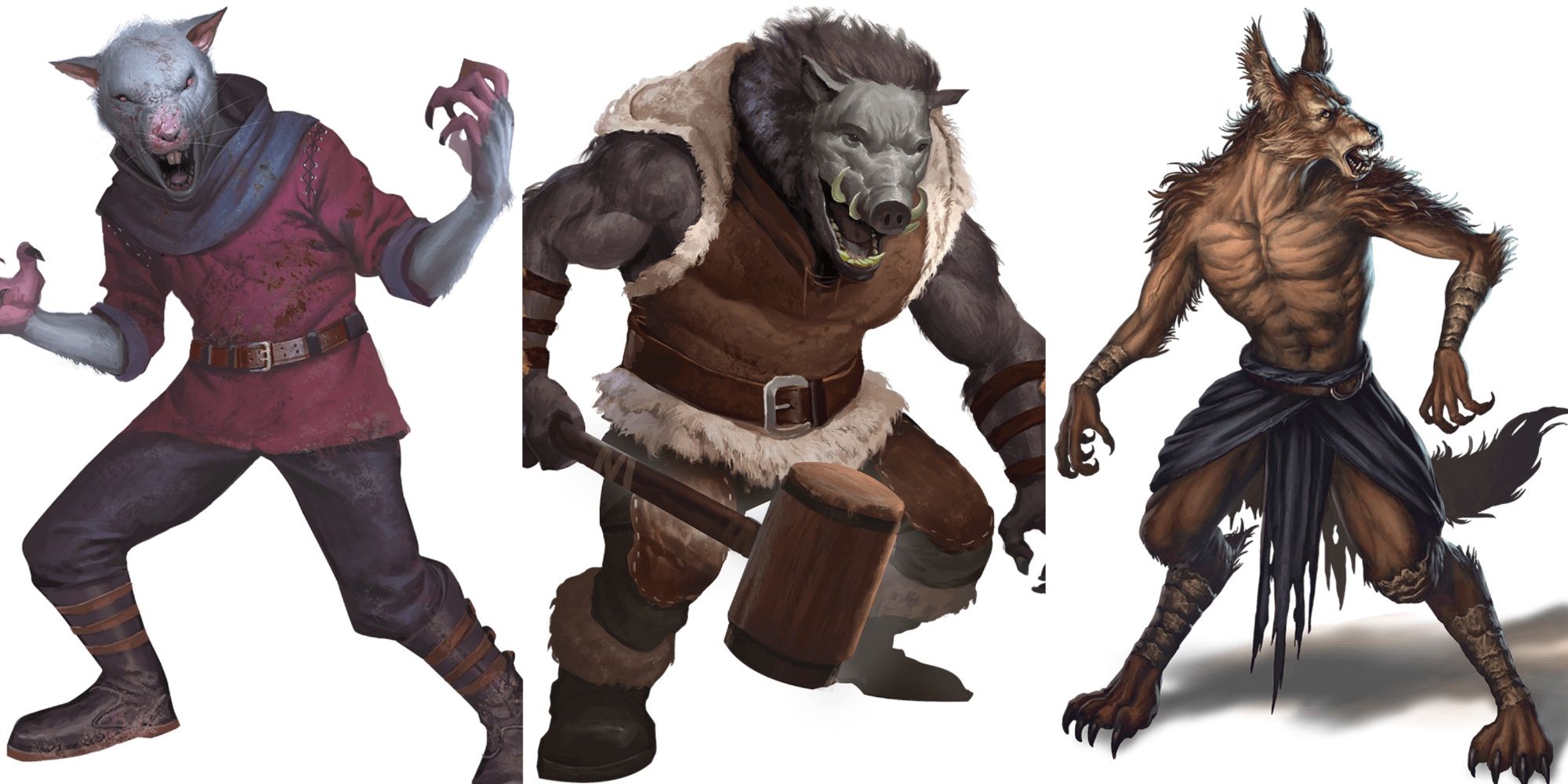
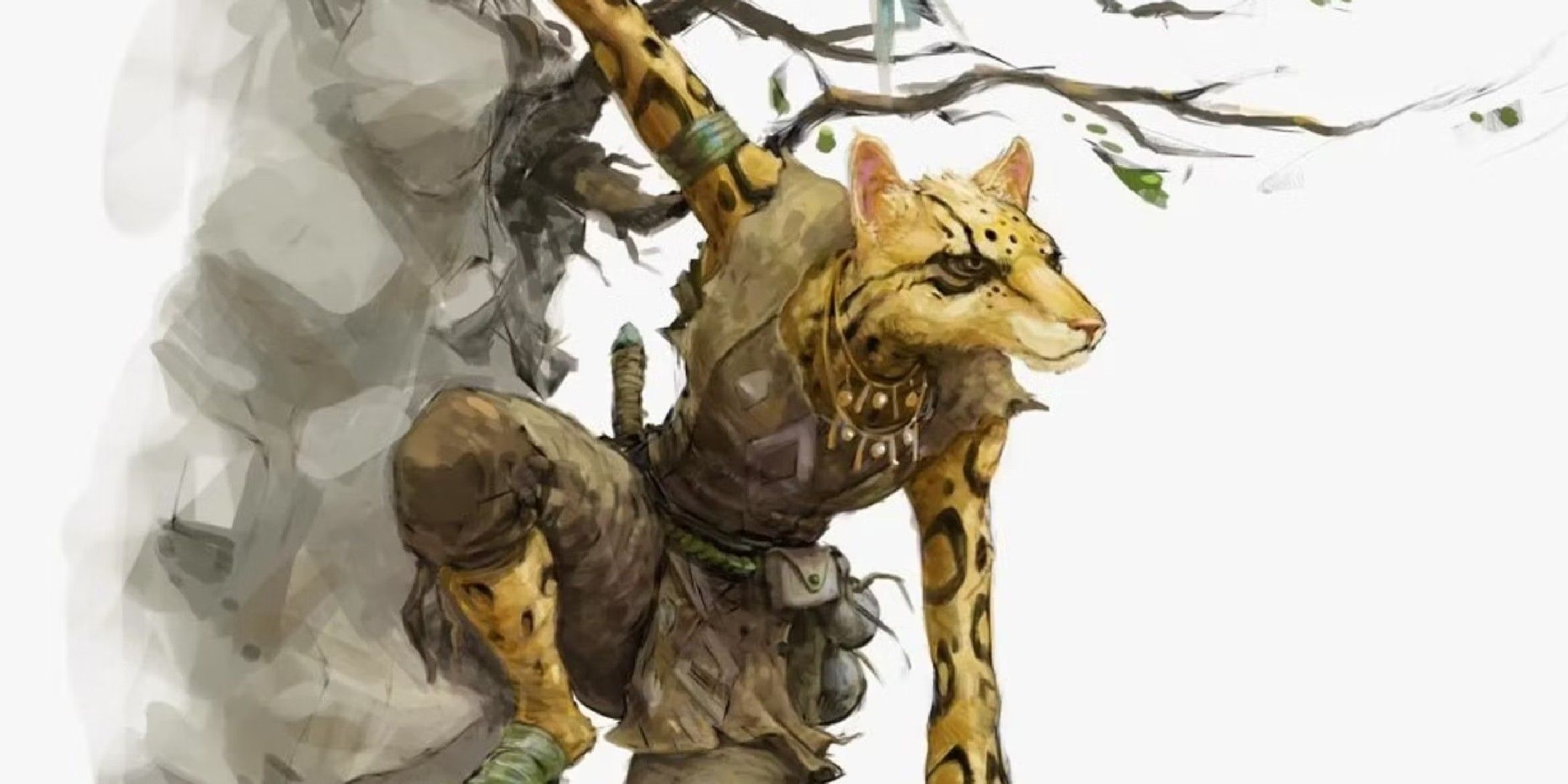
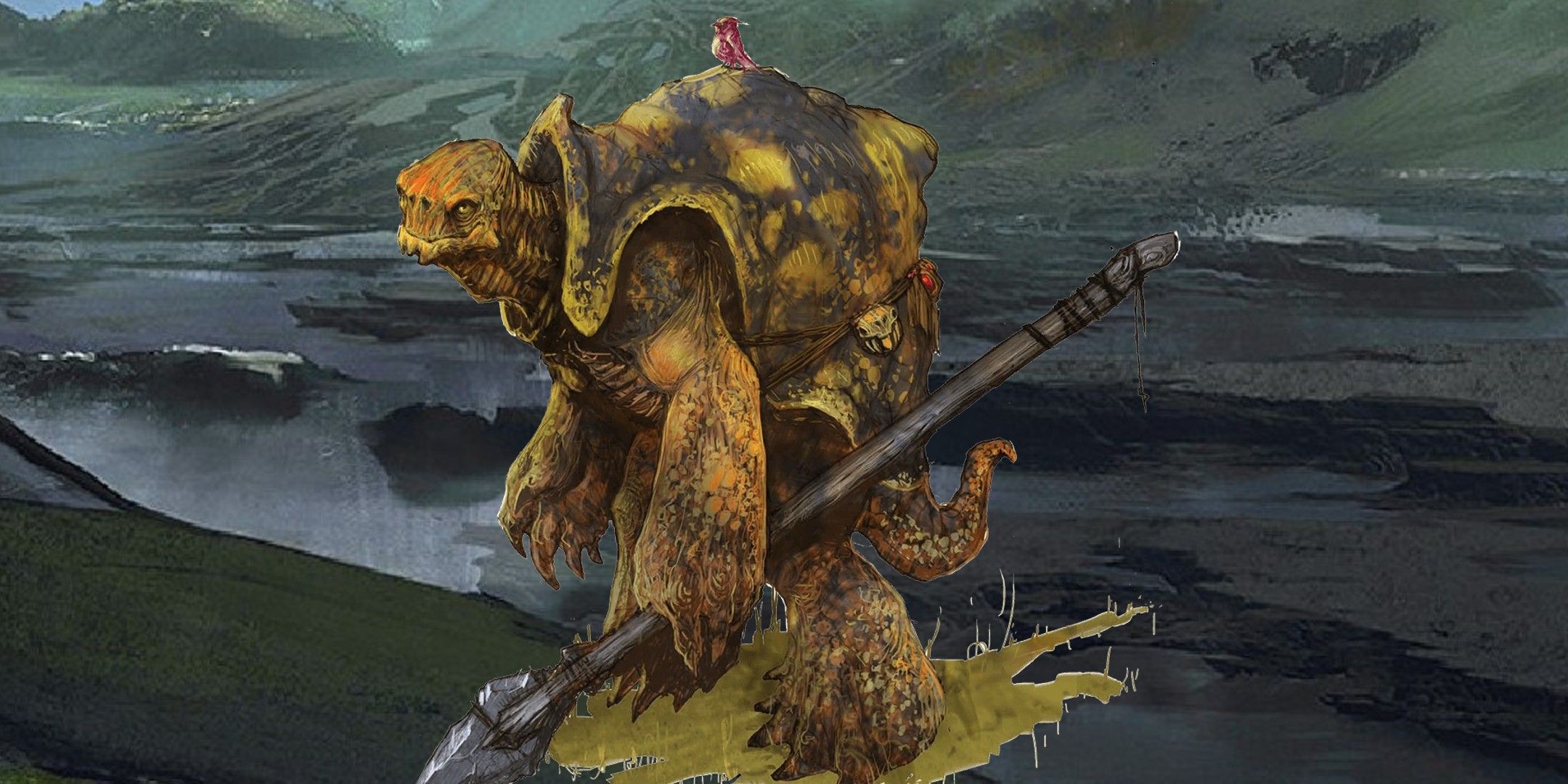
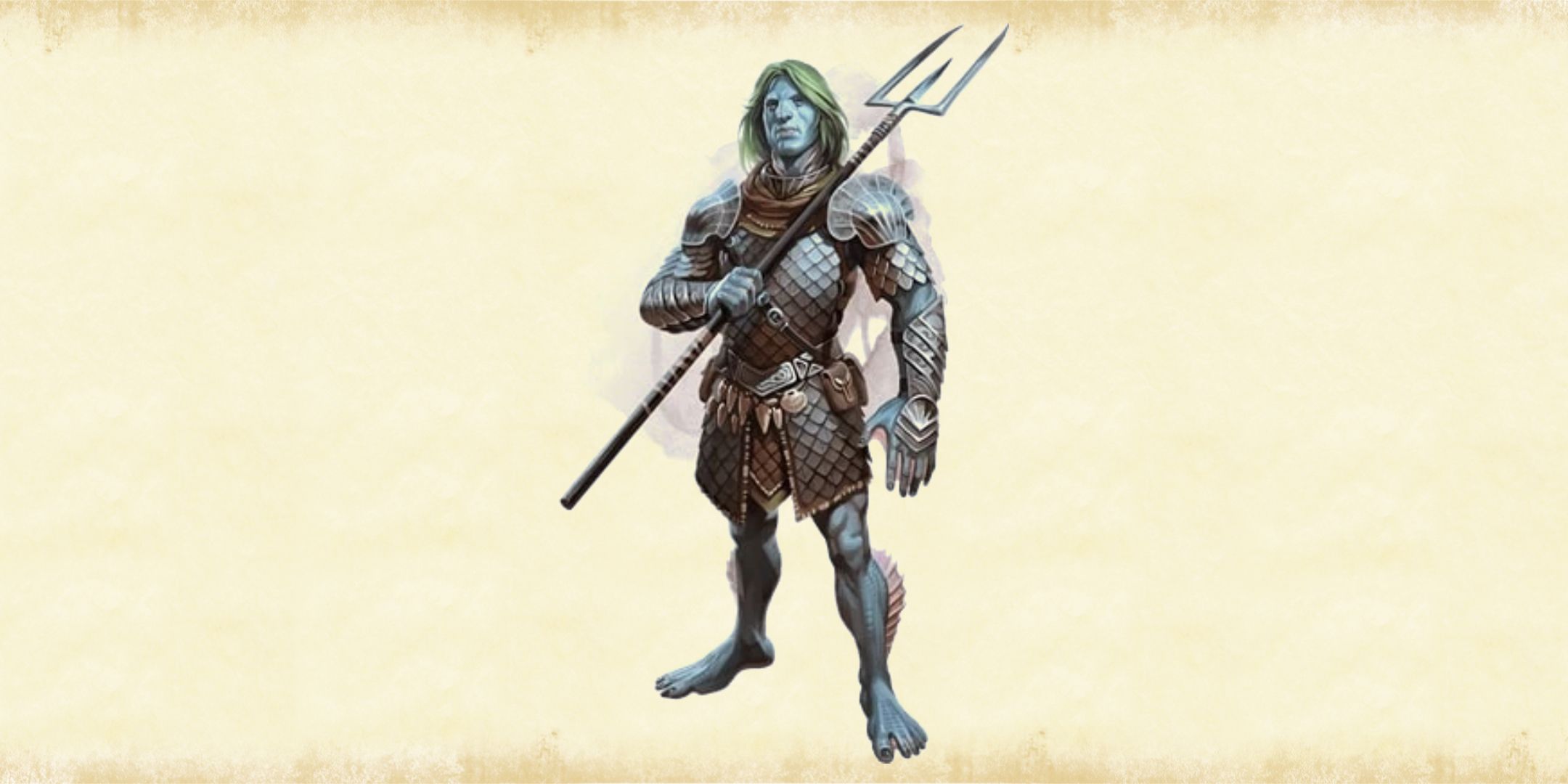

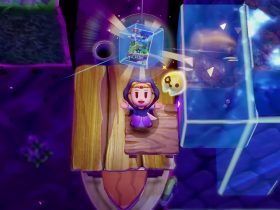
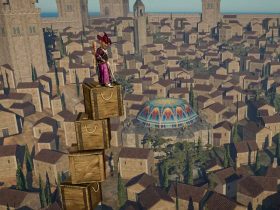
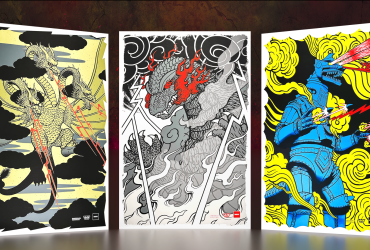
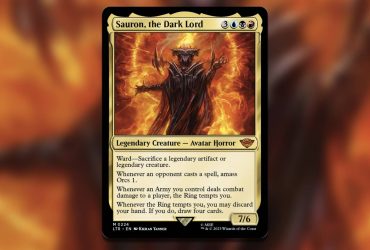
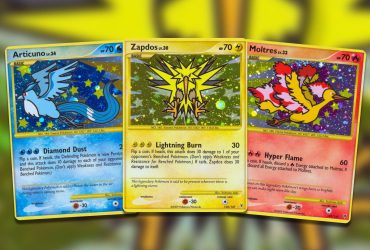
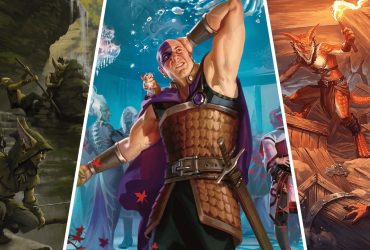
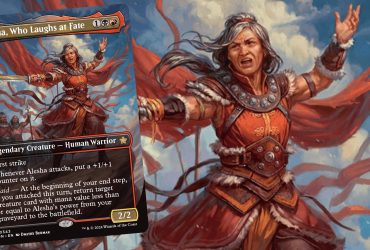
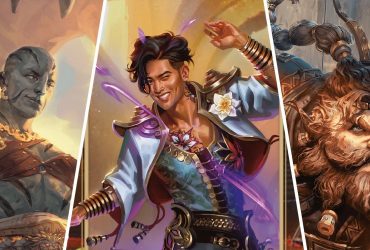
Leave a Reply